Great choice! Your favorites are temporarily saved for this session. Sign in to save them permanently, access them on any device, and receive relevant alerts.
- Sailboat Guide

Farr 40 One-Design
Farr 40 One-Design is a 40 ′ 8 ″ / 12.4 m monohull sailboat designed by Bruce Farr and built by dk Yachts, Carroll Marine, and Waterline Systems, LLC starting in 1997.

Rig and Sails
Auxilary power, accomodations, calculations.
The theoretical maximum speed that a displacement hull can move efficiently through the water is determined by it's waterline length and displacement. It may be unable to reach this speed if the boat is underpowered or heavily loaded, though it may exceed this speed given enough power. Read more.
Classic hull speed formula:
Hull Speed = 1.34 x √LWL
Max Speed/Length ratio = 8.26 ÷ Displacement/Length ratio .311 Hull Speed = Max Speed/Length ratio x √LWL
Sail Area / Displacement Ratio
A measure of the power of the sails relative to the weight of the boat. The higher the number, the higher the performance, but the harder the boat will be to handle. This ratio is a "non-dimensional" value that facilitates comparisons between boats of different types and sizes. Read more.
SA/D = SA ÷ (D ÷ 64) 2/3
- SA : Sail area in square feet, derived by adding the mainsail area to 100% of the foretriangle area (the lateral area above the deck between the mast and the forestay).
- D : Displacement in pounds.
Ballast / Displacement Ratio
A measure of the stability of a boat's hull that suggests how well a monohull will stand up to its sails. The ballast displacement ratio indicates how much of the weight of a boat is placed for maximum stability against capsizing and is an indicator of stiffness and resistance to capsize.
Ballast / Displacement * 100
Displacement / Length Ratio
A measure of the weight of the boat relative to it's length at the waterline. The higher a boat’s D/L ratio, the more easily it will carry a load and the more comfortable its motion will be. The lower a boat's ratio is, the less power it takes to drive the boat to its nominal hull speed or beyond. Read more.
D/L = (D ÷ 2240) ÷ (0.01 x LWL)³
- D: Displacement of the boat in pounds.
- LWL: Waterline length in feet
Comfort Ratio
This ratio assess how quickly and abruptly a boat’s hull reacts to waves in a significant seaway, these being the elements of a boat’s motion most likely to cause seasickness. Read more.
Comfort ratio = D ÷ (.65 x (.7 LWL + .3 LOA) x Beam 1.33 )
- D: Displacement of the boat in pounds
- LOA: Length overall in feet
- Beam: Width of boat at the widest point in feet
Capsize Screening Formula
This formula attempts to indicate whether a given boat might be too wide and light to readily right itself after being overturned in extreme conditions. Read more.
CSV = Beam ÷ ³√(D / 64)
Embed this page on your own website by copying and pasting this code.
- About Sailboat Guide
©2024 Sea Time Tech, LLC
This site is protected by reCAPTCHA and the Google Privacy Policy and Terms of Service apply.
- New Sailboats
- Sailboats 21-30ft
- Sailboats 31-35ft
- Sailboats 36-40ft
- Sailboats Over 40ft
- Sailboats Under 21feet
- used_sailboats
- Apps and Computer Programs
- Communications
- Fishfinders
- Handheld Electronics
- Plotters MFDS Rradar
- Wind, Speed & Depth Instruments
- Anchoring Mooring
- Running Rigging
- Sails Canvas
- Standing Rigging
- Diesel Engines
- Off Grid Energy
- Cleaning Waxing
- DIY Projects
- Repair, Tools & Materials
- Spare Parts
- Tools & Gadgets
- Cabin Comfort
- Ventilation
- Footwear Apparel
- Foul Weather Gear
- Mailport & PS Advisor
- Inside Practical Sailor Blog
- Activate My Web Access
- Reset Password
- Customer Service

- Free Newsletter

Blue Jacket 40 Used Boat Review

Catalina 270 vs. The Beneteau First 265 Used Boat Match-Up

Ericson 41 Used Boat Review

Mason 33 Used Boat Review

How to Create a Bullet-Proof VHF/SSB Backup

Tips From A First “Sail” on the ICW

Tillerpilot Tips and Safety Cautions

Best Crimpers and Strippers for Fixing Marine Electrical Connectors

Polyester vs. Nylon Rode

Getting the Most Out of Older Sails

How (Not) to Tie Your Boat to a Dock

Stopping Mainsheet Twist

Fuel Lift Pump: Easy DIY Diesel Fuel System Diagnostic and Repair

Ensuring Safe Shorepower

Sinking? Check Your Stuffing Box

What Do You Do With Old Fiberglass Boats?

Boat Repairs for the Technically Illiterate

Boat Maintenance for the Technically Illiterate

Whats the Best Way to Restore Clear Plastic Windows?

Stopping Holding-tank Odors

Giving Bugs the Big Goodbye

Galley Gadgets for the Cruising Sailor

The Rain Catcher’s Guide

Sailing Gear for Kids

What’s the Best Sunscreen?

UV Clothing: Is It Worth the Hype?

Preparing Yourself for Solo Sailing

R. Tucker Thompson Tall Ship Youth Voyage

On Watch: This 60-Year-Old Hinckley Pilot 35 is Also a Working…

On Watch: America’s Cup

On Watch: All Eyes on Europe Sail Racing

Dear Readers
- Sailboat Reviews
Island Packet Yachts and designer Tim Jackett teamed up to create the Blue Jacket 40 performance-cruiser.

When classical musicians start playing rock and roll, fans take note. When their first song’s a hit, everyone listens to the lyrics. Bob Johnson, Bill Bolin, and the Island Packet Yachts (IP) crew have decades of experience delivering traditional cruisers to appreciative owners, but IP’s newest player has increased the tempo.
For more than 30 years, long keels, internal ballast, heavy displacement, attached rudders, a beige hull, and a headsail-handling, self-tacking jib boom have defined the Island Packet fleet. But when the IP crew teamed up with performance-oriented designer Tim Jackett, all bets were off, and the switch from perpetual beige to a dark blue hull was just the beginning.
Starting with a clean slate, the collaborative design effort led to the launch of a very different cruiser. Creator of many C&C Yachts and Tartan Yachts designs, Jackett puts more emphasis on light-air sailing and upwind performance than past IP designers. Island Packet founder Bob Johnson made sure that the accommodations worked at anchor and at sea. At times, the dialogue was probably filled with internecine debate over issues ranging from foam core choice to the need for solid acrylic countertops. But the quest stayed focused on a best-of-both-worlds sailboat, and at first glance, the rig dimensions, no-nonsense deck layout, comfortable interior, and efficient hull/deck proportions seem to have hit the mark.
Built in IP’s Largo, Fla., facility, the Blue Jacket 40 (BJ40) is an Island Packet cousin with fleeting family resemblance. The title block attributes the design to the complementary tag team of Tim Jackett and Bob Johnson N.A. By the time the development was complete, the traditional Island Packet’s long keel had morphed into a fin and bulb (5 feet, 9 inches or 7 feet, 10 inches), a couple tons of weight had been shed through a commitment to using Divinycell foam core and resin-infused FRP hull and deck construction; less ballast was used more efficiently. Island Packet’s signature attached rudder was eschewed in favor of a high-aspect-ratio spade rudder, while another IP badge, the self-tacking Hoyt jib boom, survived the design overhaul.
DESIGN DEVELOPMENT
Jackett was the lead proponent for change and had hold of the tiller during the hull design development. Much of his ground-breaking prior success revolved around adding a performance edge to mainstream cruising boats. During his tenure as president and lead designer at Tartan and C&C, Jackett focused on building club racers that could handle a little cruising and cruisers that had enough rig and sail area to put the pleasure of performance back in the game. When the opportunity arose, Johnson and Jackett considered collaborating on a performance cruiser as an adjunct to the Island Packet lineup. Jackett envisioned a moderate, wedge-shaped canoe-body hull with a long waterline, plumb bow, and enough dead rise (V-shape) forward to smooth out the ride and lessen the slamming found aboard more extreme race-boat hull shapes.
When the collaboration began in earnest, the goal was to reduce weight and increase sail area while engineering to Category A (Ocean) CE standards. Johnson has played a key role in the development of CE standards and is quick to point out the value of minimizing down-flooding potential, maximizing righting moment when deeply heeled, and delivering a stable boat. The Blue Jacket 40 carries a CE Stability Index (STIX) number of 40, well into the A category, which begins at 32. Add to this the well-engineered approach to construction, and its clear that a firm foundation has been laid for an able under-sail, seagoing cruiser.
CONSTRUCTION
To build the Blue Jacket 40, the IP factory adopted the resin infusion and foam core construction approach. A low-void content, high fiber-to-resin ratio laminate was achieved by vacuum infusing vinylester resin into the biaxial and quadraxial e-glass reinforcement, creating a stiff, strong, foam sandwich structure. Both the hull and the deck were laminated in one-part molds, eliminating secondary bonds. The core was tapered to solid fiberglass in high-load areas such as where hardware attachments were made or keel-bolt loads were focused. A big upside to resin infusion is the way it forces resin into kerfs (checkerboard-like slots in the foam), allowing it to conform to compound curves.
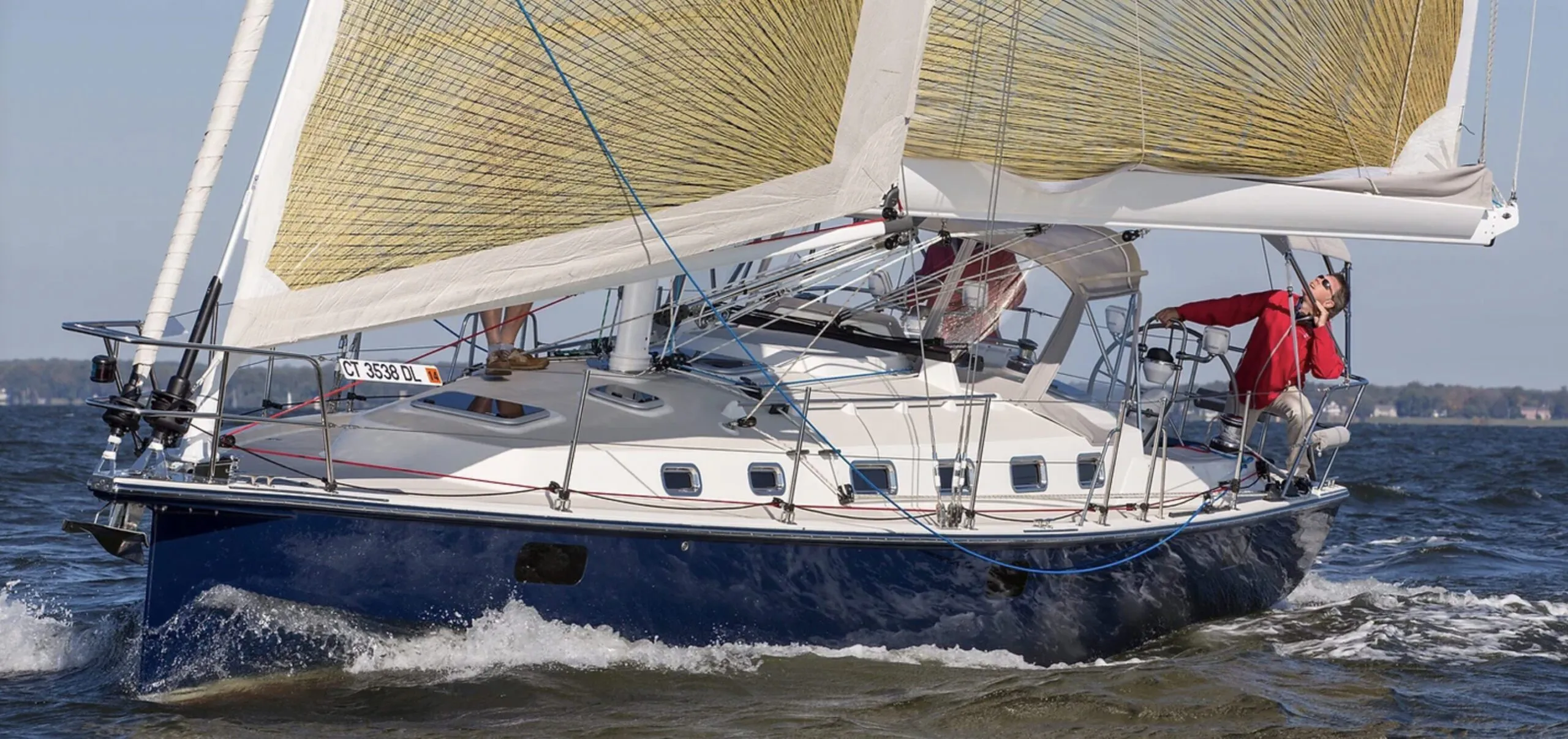
Instead of encapsulating ballast in a long run of keel, a well-proven Island Packet approach, the new design called for external lead ballast, which offers several advantages to the cruising sailor (PS, November 2012). The fin and bulb design developed more righting moment with less ballast by placing much of the lead in an anvil-shaped bulb at the very tip of the NACA foil-shaped keel. J-shaped, stainless-steel keel bolts were cast into the lead and bolted to a grid bonded to the inside the hull. This fiberglass (fiber-reinforced plastic, or FRP) framework spread the lever-like keel loads over a much larger section of the hull.
The rudder is one of the three key elements attached to the hull and deck. And like the other two—the rig and the keel—the attachment needs to be well engineered and equally well constructed. The higher the aspect ratio of these appendages, the more significant the forces will be at the point(s) where they attach to the hull. The closer the junction is to a right angle, the greater the stress riser. A look at the difference between the Island Packet 40 (IP40) and the Blue Jacket 40 says it all.
In the case of the classic IP rudder, it’s clear that the bottom of the rudder blade support strut and a shorter bearing-to-tip span lessen the load on the rudder bearing, which is mounted on the hull skin. On the other hand, the Blue Jacket 40s deep, large surface area, semi-balanced spade rudder offers a different set of design and engineering challenges. The efficiency of such a foil is hard to beat. It is both a superior lifting surface and a steering appendage. But the carbon-fiber stock carries all of the blade-induced torsional steering loads as well as the bending force linked to the righting moment of the boat. Between Johnson’s Massachusetts Institute of Technology (MIT) engineering training and Jackett’s years of spade-rudder familiarity, the transition was in good hands.
From a construction perspective, it’s always nice to see interior components that also contribute to overall strength and stiffness. The Blue Jacket 40 designers made good use of hull-bonded liners, carefully installed bulkheads, and interior molded parts to enhance the overall structural web. This is seen less and less in production sailboats, where the trend has been to loosely hang joinery and trim rather than make it part of the internal structure stiffening, helping to link the hull and deck and aiding in the distribution of global loads radiating through the structure.
| Blue Jacket 40: By The Numbers | Courtesy: Sailboatdata.com |
|---|---|
| Hull Type: | Fin w/bulb & spade rudder |
| Rigging Type: | Fractional Sloop |
| LOA: | 39.83 ft / 12.14 m |
| LWL: | 35.00 ft / 10.67 m |
| S.A. (reported): | 883.00 ft² / 82.03 m² |
| Beam: | 12.33 ft / 3.76 m |
| Displacement: | 16,500.00 lb / 7,484 kg |
| Ballast: | 6,100.00 lb / 2,767 kg |
| Max Draft: | 7.42 ft / 2.26 m |
| Construction: | FG |
| First Built: | 2012 |
| Builder: | Blue Jacket Yachts (USA) |
| Designer: | Tim Jackett w/Bob Johnson |
| Type: | Diesel |
| HP: | 40 |
| Fuel: | 40 gals / 151 L |
| Water: | 110 gals / 416 L |
| S.A. / Displ.: | 21.88 |
| Bal. / Displ.: | 36.97 |
| Disp: / Len: | 171.8 |
| Comfort Ratio: | 24.65 |
| Capsize Screening Formula: | 1.94 |
| Hull Speed: | 7.93 kn |
| Pounds/Inch Immersion: | 1,541.98 pounds/inch |
| Designers: | Robert K. Johnson |
| Tim Jackett | |
| Builders: | Blue Jacket Yachts |
RIG AND RIGGING
When comparing the IP40 and the BJ40, nowhere do the numbers have more to say than in the comparison of displacement and mast height. The former’s 22,800 pounds and 53-foot mast versus the latter’s 17,900 pounds (deep keel) and 62-foot mast define a huge increase in light-air performance under sail.
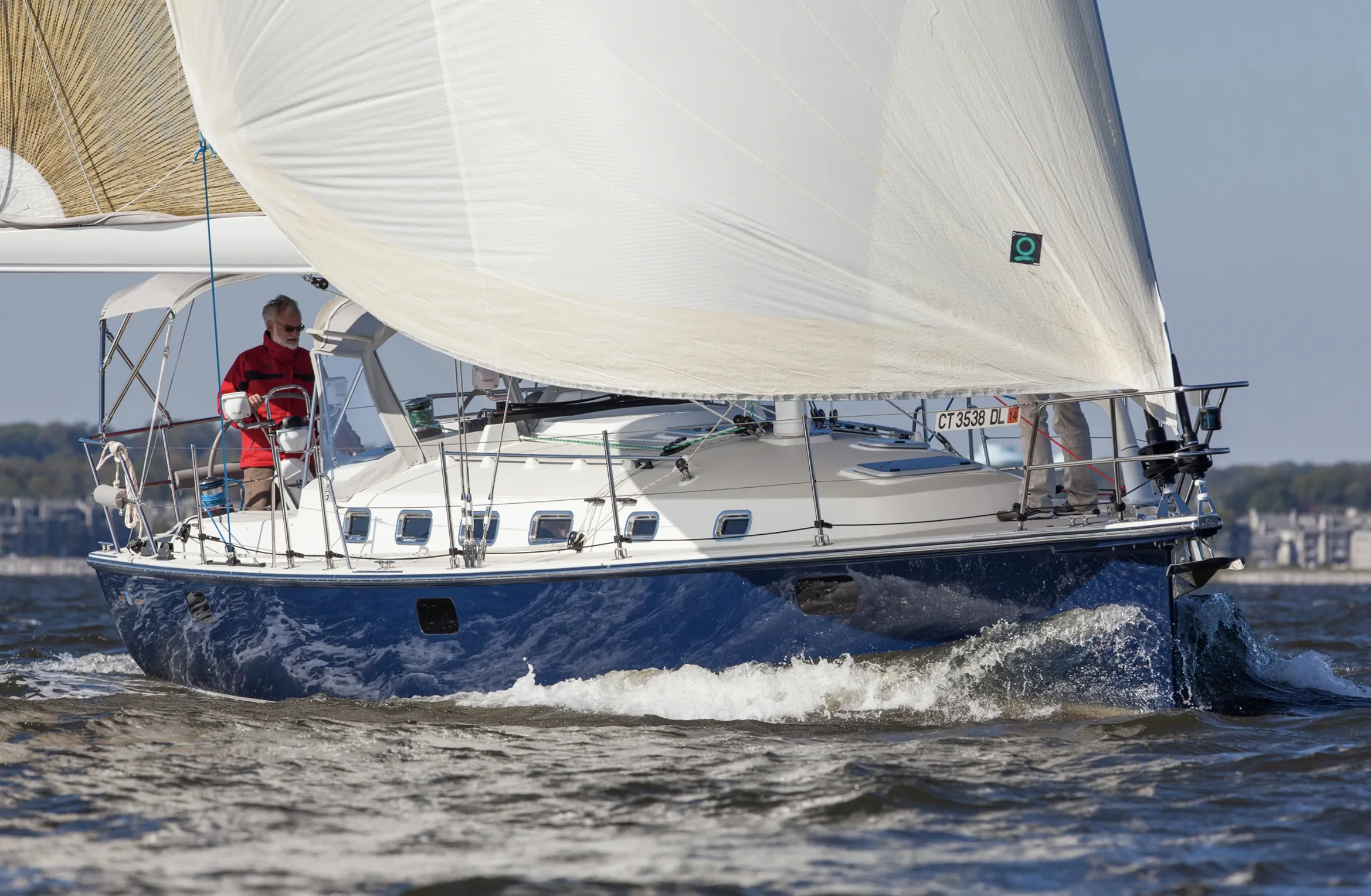
This nearly 9-foot increase in mast height and the shedding of almost 5,000 pounds redefine sailplan options. Some might assume this would set the stage for a carbon mast and boom, plus create an urge to use titanium pins and other weight-saving hardware. But part of the genius of this boat is the design team’s clear grasp of the cruising market. The BJ40 is a cruising boat for those who love to sail and do so without a crew of eight; the rig has been designed and engineered with this in mind.
The mast, rigging, and sailplan reflect a sensible convergence where technology, performance, and cost correlate. Esoteric extremes have been avoided, but design development has not been ignored. The nicely tapered Sparcraft T6061L alloy spar, boom, and spreaders are a proven workhorse combo. The slight performance uptick of upgrading to a carbon rig would significantly bump up the bottom line, and using an alloy spar instead makes it easier to mount tracks or a radar bracket. It also eliminates concerns about what a lightning strike might do to a carbon spar.
The sail area-displacement ratio of 20.6 and double-headsail solent sailplan make this a cruiser-friendly rig and a sailboat fine-tuned for a shorthanded crew. Gone are sluggish traits that would make a light breeze a sign to fire up the diesel. The roller-furled working jib sheets to the end of a self-tacking, carbon-fiber Hoyt boom. Our only concern is that, with no preventer attached, an unintentional jibe could send the deck-sweeping boom across the foredeck with a vengeance, and anyone in its way becomes a target. A preventer for the jib boom would make sense, especially in heavy weather and during off-the-wind reaching and running; another option would be ordering the boat sans the jib boom.
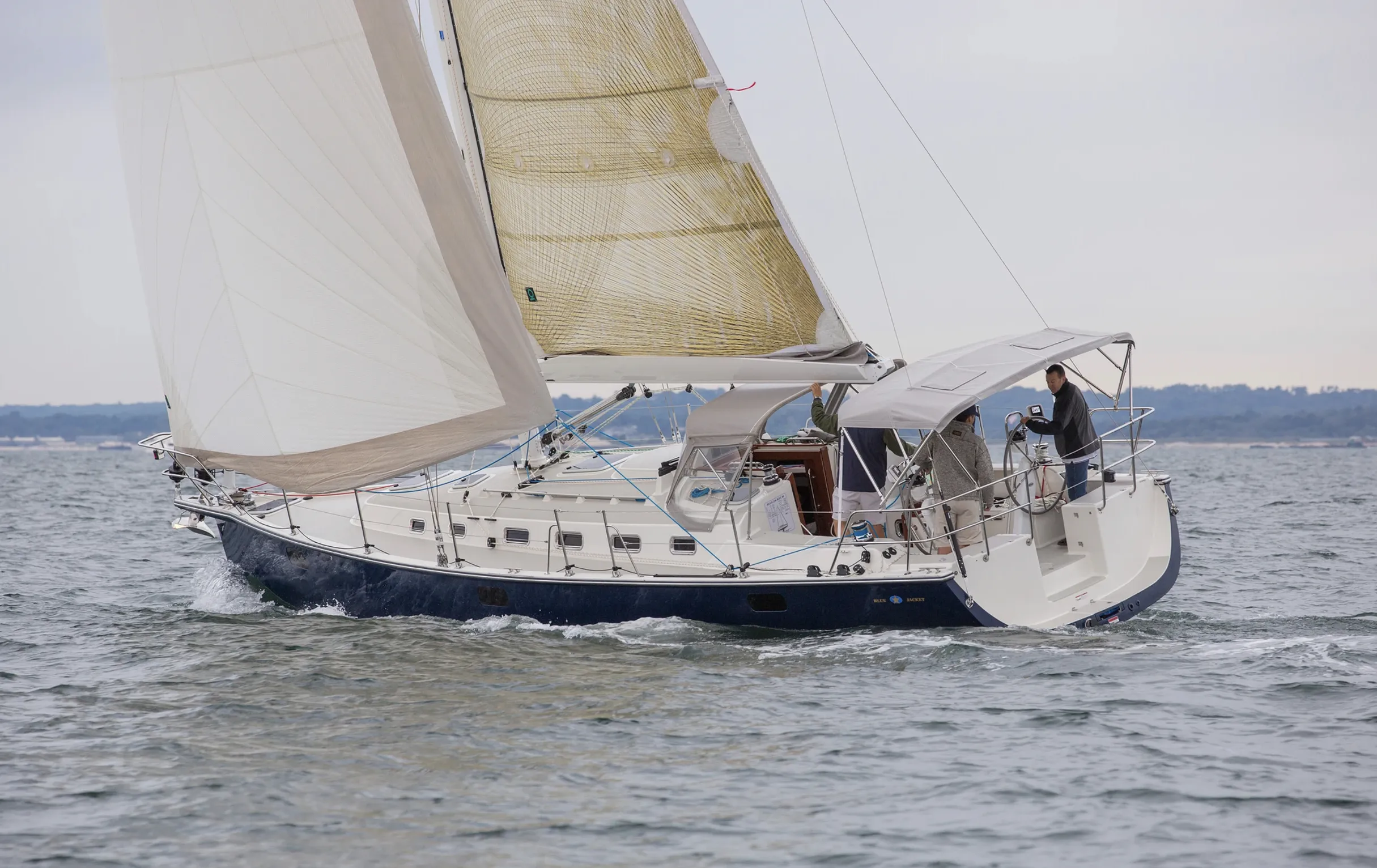
One of the make-or-break factors in any solent/reacher sailplan is the drive that the small-jib/big-mainsail plan delivers. We have tested similarly rigged boats that needed a larger headsail because there was just too much boat to be driven by the big main/small jib combo. The good news here is that the BJ40 is quite capable under this working jib and big main, thanks to the rig-height increase and hull-weight decrease.
We found that it wasn’t until we were into single-digit windspeeds that the big main/working jib proved lacking. At that point, the big reacher rekindled the flame. The really good news, however, is the way in which this sailplan makes it easy to set the right amount of sail to cope with a wide range of conditions.
The stem sports a stainless bowsprit that features several innovations. The weldment provides a tack point for both headsails, a roller and fairlead for the anchor and ground tackle, and a mount for the Hoyt boom. The slot and shape may put some limits on anchor choice, but the setup on the boat we tested worked well. The challenge with a plumb stem is getting the anchor far enough forward to allow retrieval without chipping away at the topsides. A relatively short extension will do the job in flat-sea anchor retrievals, but once the boat begins to pitch in a marginal anchorage, the anchor’s swing arc increases. The IP40’s anchor-handling attributes trump whats available on the Blue Jacket 40, but as adventure sailor Peter Hogg was fond of saying, “Some people prefer to go sailing; others go anchoring.”
ACCOMMODATIONS
Theres a distinct IP appeal that’s apparent to those who step below on the BJ40. The dominant, oversized starboard galley features a smallish centerline sink/sinklet combo, copious solid acrylic countertop space, a first-rate, two-burner Force 10 stove with a guardrail, a microwave, and a stainless drawer-style refer/freezer. There’s a hatch above the galley, and the fiberglass nonskid sole is appreciated when cooking underway, or when crew, clad in rain-soaked foulies, come down the companionway.
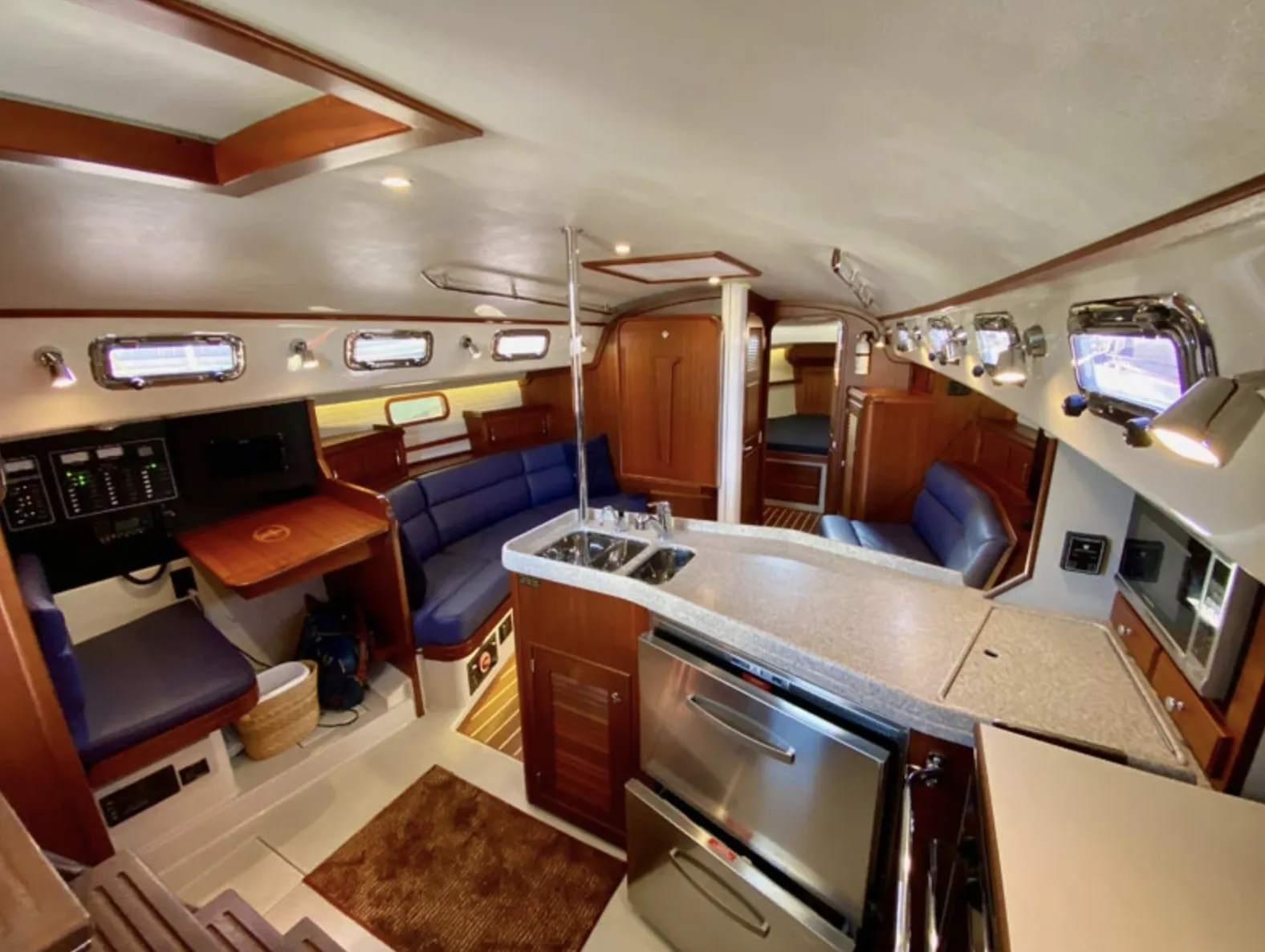
The main saloon has a spacious feel with the table folded up against the bulkhead, and when lowered and unfolded, it affords dining space for those seated to port and starboard. This is more of an in-port or at-anchor amenity, and another example of how the design covers multiple bases. A very useful, strategically positioned nav-station has been tucked in to the port side adjacent to the companionway ladder. Beneath the ladder is the engine access, which is by no means an engine room, but it offers adequate access to key components.
Forward of the galley-saloon living area is a spacious head with shower and a sizable forward, double V-berth cabin. For aft accommodations, there are two options: side-by-side double berths in tight, but functional under-the-cockpit cabins, or a cabin to port and a massive cockpit locker to starboard.

Testers liked the idea of many smaller opening ports in the cabinhouse rather than a commitment to an overly large non-opening window. On the BJ40, hatches are strategically located near key areas below, but without any Dorade vents or other means of letting air in and keeping water out, tropical tradewind passagemaking will keep a crew overly eager to crack the hatch just a bit too soon. This is fine in fair weather, but tough to live with when the spray starts flying. The rigid vang swings back and forth over the main saloon hatch, so the lid cannot be fully extended underway.
Testers noted that both tankage and storage were consistent with the performance-cruiser mission: minimal but adequate.
During tests under power on a flat calm sea with a side-setting current, the BJ40’s 40-horsepower, three-cylinder Yanmar hummed away and the Max prop delivered enough thrust to tally a 7.2 reading on the knot meter, which concurred with the GPS. The semi-balanced rudder did not flutter or vibrate, and the steering control was smooth and positive, remaining responsive even when our velocity through the water was nearly nonexistent. In reverse, all it took was a little sternway for the boat to be easily steered in either direction. Care needs to be taken when backing at anything above a couple of knots, due to the powerful rudders desire to lever itself into a hard-over position.
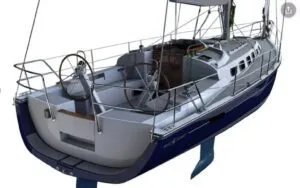
| 2014 Blue Jacket 40 | Larsen Marine Yacht Sales |
|---|---|
| $369,900 | 2246022412 |
| Waukegan IL | |
| 2019 Blue Jacket 40 | Denison Yachts |
| $499,900 | See website |
| Palmetto FL |
The big, full-battened, well-shaped mainsail behaved admirably on the Harken Battcar track, and lazy jacks tamed the main during hoisting, dousing, and reefing. Its a big plus to have the draft and roach available in a conventionally hoisted mainsail. Mid-boom sheeting and a diminutive traveler were tradeoffs to keep the cockpit free of mainsheet tackle. Racers will miss the control that end-boom sheeting delivers, while cruisers will love the dodger/bimini combo and the absence of the mainsheet tackle sweeping across the cockpit.
The big reacher is a powerhouse in light, close-reaching conditions and a major player on deeper reaches. In fact, the need for an asymmetrical is reduced thanks to the masthead hoist and upper girth of the furlable reacher. The one cautionary note is that although the sail seems like a plus-sized No. 1 genoa, it’s not meant to be used on a close reach in double-digit breezes. Sailmakers confirm this based upon an increase in their reacher repair business.
From our point of view, the Blue Jacket 40 hits a sweet spot midway between a race boat and the heavy-displacement cruiser that needs its diesel or 15 knots of true wind to really move. The BJ40’s hull form and foils afford ample upwind performance, and headsail handling is a user-friendly experience. We don’t like the maintenance headaches of saildrives, but the only other negatives we found with the BJ40 were nit-picky ones.
With the hefty base price tag of $390,000, the BJ40 is not a bargain boat, but you do get what you pay for, and in this case, it’s a well-built boat made by a crew that stands behind what they build. The Blue Jacket 40 is an efficient, well-built performance cruiser with comfortable accommodations that brim with sensible usability.

- Blue Jacket Yachts
- Island Packet Yachts
This review appeared March 2, 2020 and has been updated.
RELATED ARTICLES MORE FROM AUTHOR
Leave a reply cancel reply.
Log in to leave a comment
Latest Videos
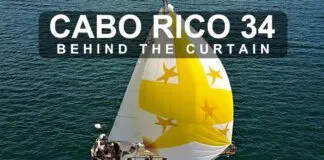
Cabo Rico 34 Boat Review

Super Shallow Draft Sailboat: The Leeboard Sharpie

Hans Christian 41T – Boat Review

Seven dead after superyacht sinks off Sicily. Was the crew at...
Latest sailboat review.

- Privacy Policy
- Do Not Sell My Personal Information
- Online Account Activation
- Privacy Manager
Oceanis 30.1
Oceanis 34.1, oceanis 37.1, oceanis 40.1, oceanis 46.1, oceanis 51.1.
- Oceanis Yacht 54
- Oceanis Yacht 60
- FIGARO BENETEAU 3
- Heritage sailing yacht
- Flyer 6 SUNdeck
- FLYER 6 SPACEdeck
- Flyer 7 SUNdeck
- Flyer 7 SPACEdeck
- Flyer 8 SUNdeck
- Flyer 8 SPACEdeck
- Flyer 9 SUNdeck
- Flyer 9 SPACEdeck
- Antares 7 Fishing
- Antares 8 Fishing
- ANTARES 11 FLY
- Gran Turismo 32
- Gran Turismo 36
- Gran Turismo 41
- Gran Turismo 45
- Swift Trawler 35
- Swift trawler 41 Sedan
- Swift trawler 41 Fly
- Swift Trawler 48
- Swift Trawler 54
- Grand Trawler 62
- Heritage motorboats
- A REMARKABLE ANNIVERSARY
- Architects and Designers
- Become a BENETEAU boat owner
- Tests and Awards

*Recommended retail price. Value-Added Tax is subject to change, according to the country of purchase. For pricing information, availability and product characteristics, thank you to contact your dealer.
- Description
- Main Points
Specifications
Following in the wake of her elder sister the Oceanis 51.1, this 40-foot cruiser, with a new hull design by Marc Lombard , offers unrivalled deck volume and interior space , an there are no concessions to performance. The 12-metre long Oceanis 40.1 is available in different layouts, draughts and rigs , adapting to the most demanding sailor’s cruising requirements and satisfying their need for comfort and pleasure under sail.
NAVAL ARCHITECT : Marc Lombard
INTERIOR & DECK DESIGN : Nauta Design
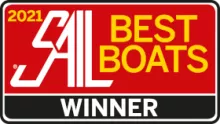
YouTube est désactivé. Autorisez le dépôt de cookies liés aux vidéos pour accéder au contenu.
Exterior design
Exterior design.
How can you enjoy life at anchor as much as sailing? With the innovative flared hull design of the Oceanis 40.1, and steps extending over a third of the bow, BENETEAU has broken new ground but made no concessions. The result is a hull that has true speed potential and is stiff under sail. Above the waterline, her deck plan and ultra-spacious interior by Nauta Design is unheard of on a boat this size. You cannot help feeling that you are aboard a 45 foot cruiser!
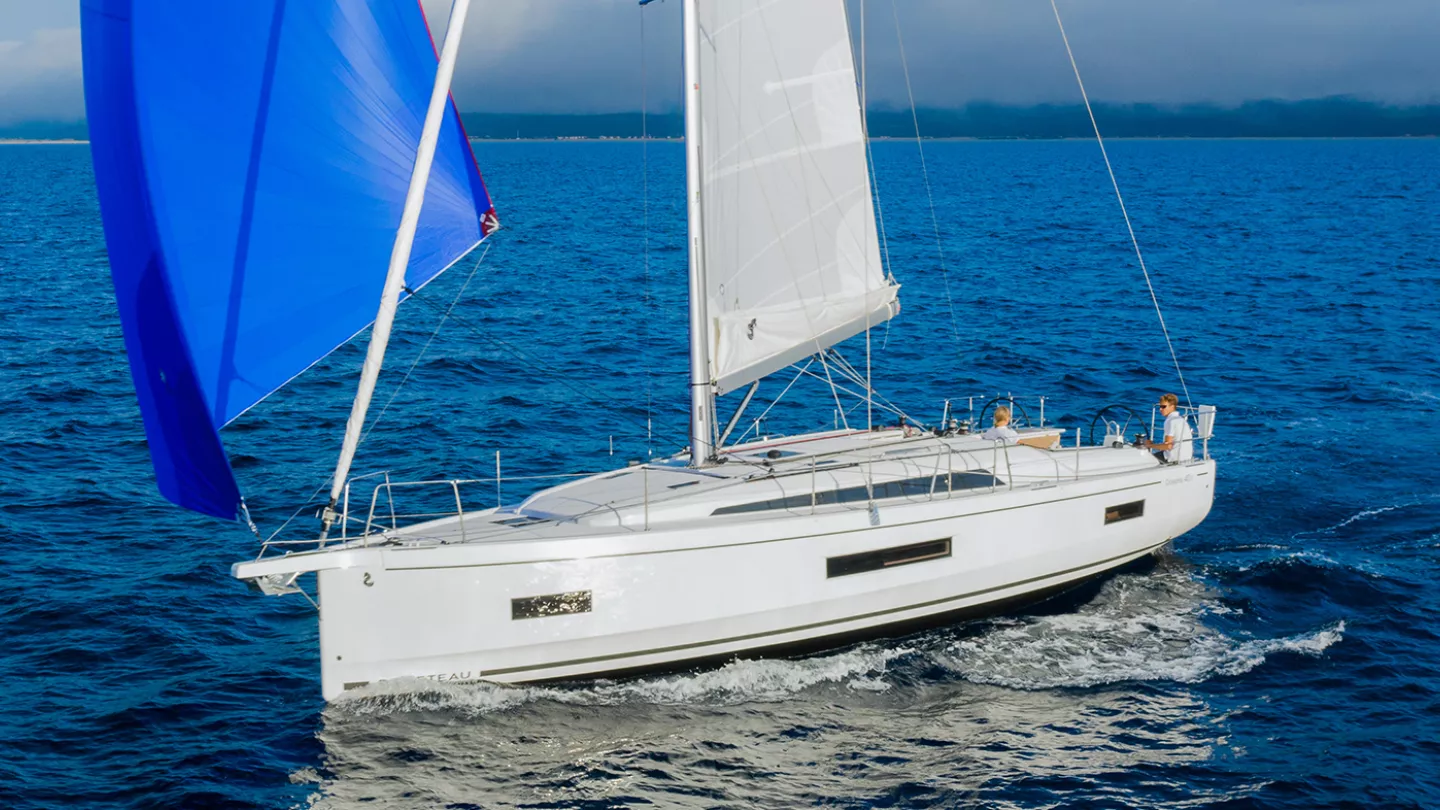
Interior Design
With a walnut or light oak ambiance , the styling of the interior by Italian designers Nauta, is remarkably bright and excels in the skilful arrangement of the living spaces. She is available with two, three or four cabins and a C-shaped galley on the starboard, offering lots of storage and a spacious worktop. On the port side, there is a large saloon with a table and a removable bench, and a chart table at the foot of the companionway provides ample working space. Everything is modular, so that everyone can live the way they want and enjoy sailing wherever the wind takes them.
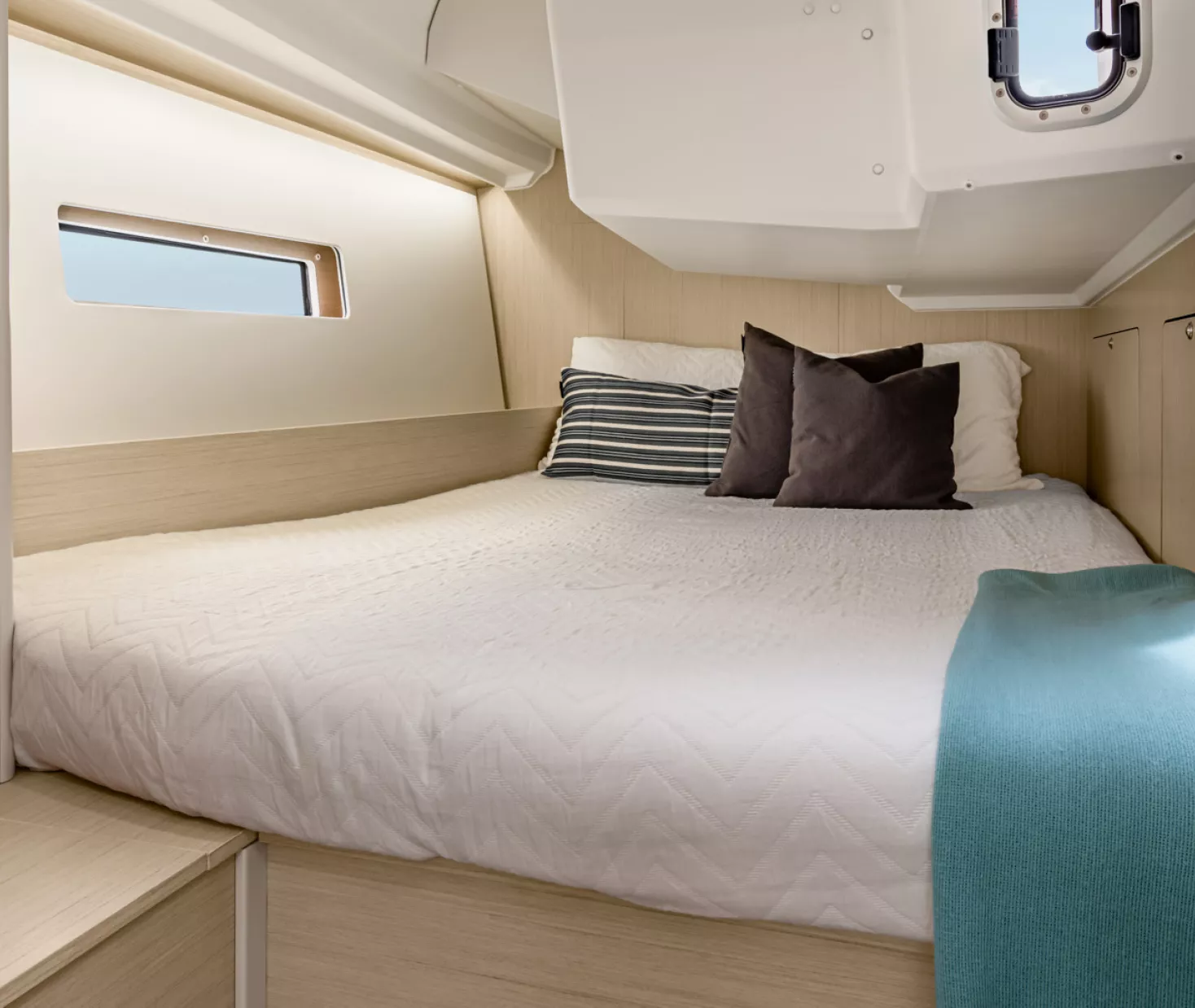
12 METRES OF SPACE!
The philosophy of the Oceanis 40.1 is to make sailing and mooring really pleasurable. The strengths of this cruiser, studied in detail by the architect Marc Lombard and the BENETEAU design office, are unrivalled space inside, a huge deck plan and the ability to clock up miles when you are cruising.
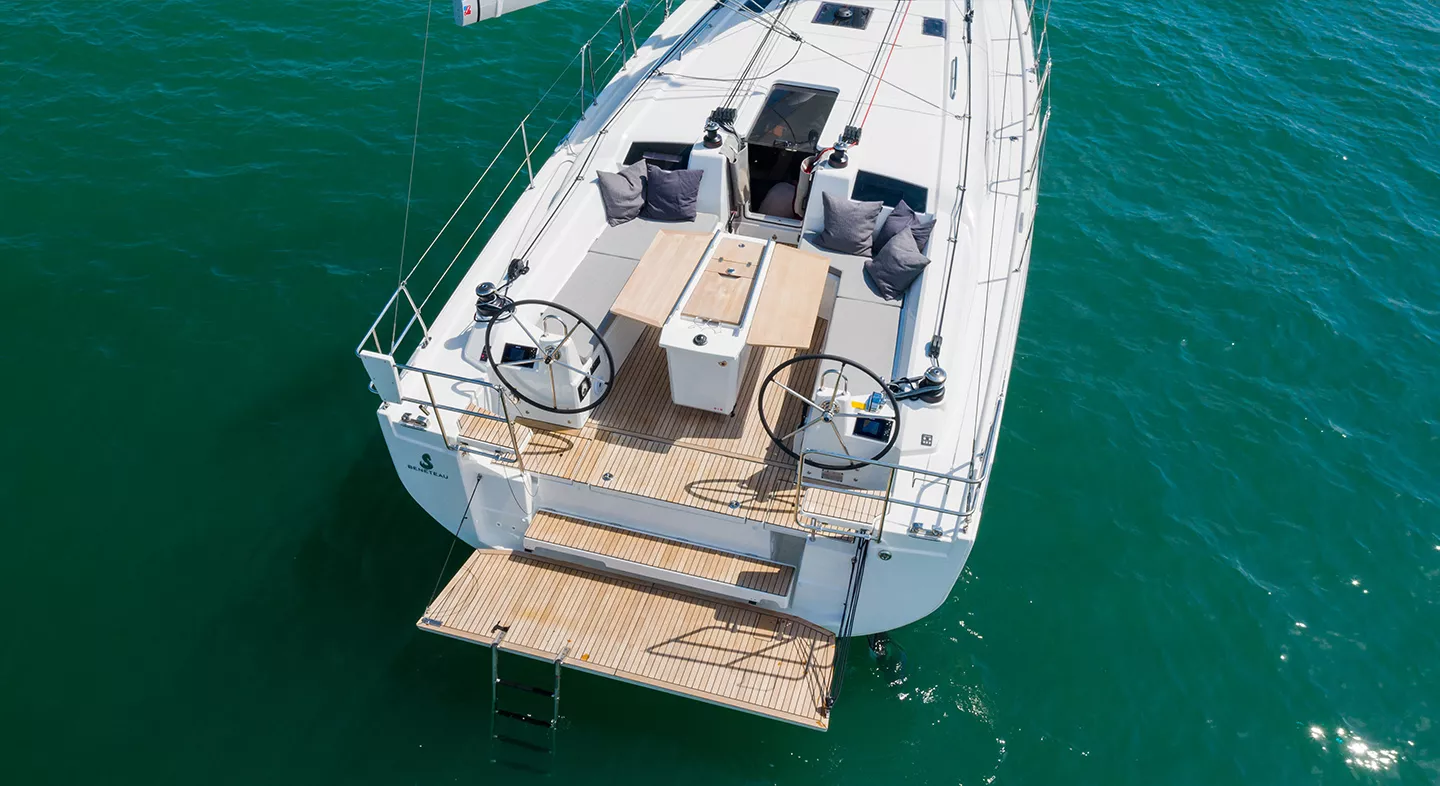
LIFE AT ANCHOR
The ergonomics and easy movement in the cockpit make life on board so simple. Nothing interferes with the joy of life at anchor. Feel like splashing around the boat in an idyllic creek? The transom easily converts to an extensive swim platform, similar in size to the ones you find on the largest Oceanis cruising yachts. Having access to the sea is an integral part of life on a sailing yacht, and this one is a model of its kind.
FOR SAILORS SEEKING EXCITEMENT UNDER SAIL…
As there is no one way to sail, and because everyone takes their cruising at their own pace, the Oceanis 40.1 comes in several versions. Sailors keen on performance can choose the First Line version, with a longer mast and a greater draught. The in-mast furling system and self-tacking jib will make manoeuvring easier shorthanded. A classic mast for a semi full batten mainsail is also available.
HEAVENS ABOVE, SO MUCH SPACE!
The hatches and the many hull and coachroof portholes, two of which look towards the cockpit, fill the boat with natural light and ventilation, making her exceptionally bright. You really feel like you are entering a much bigger boat! The Oceanis 40.1 comes in 4 different versions with two, three, and four cabins to fit everyone’s idea of a holiday on board. Couples and large families will feel like they are at home! The owner version has a suite with ensuite shower and head, and a bed easily accessed from either side. The four-cabin version has two forward spaces with bunk beds.
A connected boat
The mobile application, Seanapps , and its onboard unit lets you view the status of the boat's various systems (battery charge, fuel or water tank levels, maintenance scheduling) via your smartphone, as well as planning your route or reviewing your sailing status using your mobile phone.
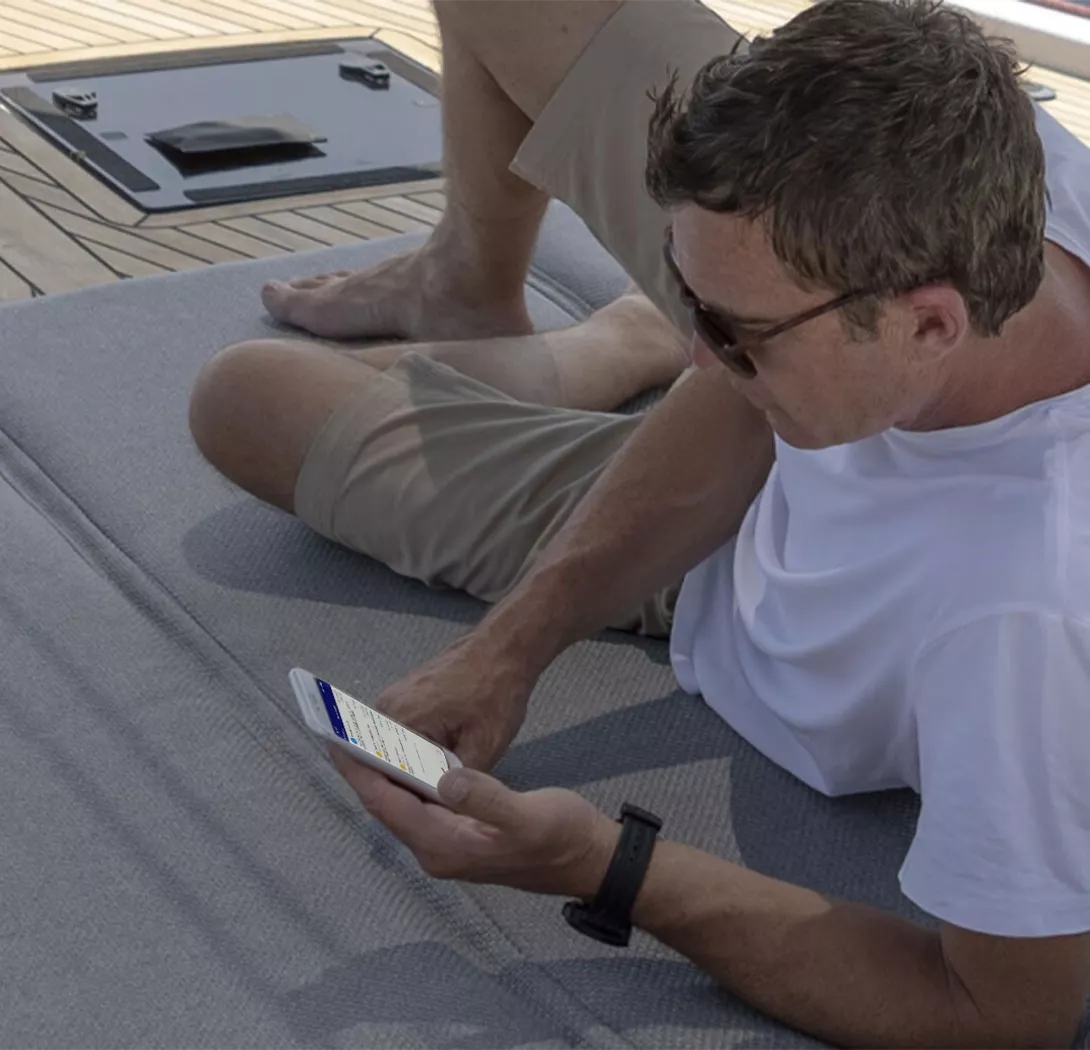
Virtual tour
Length Overall
Beam overall
Lightship Displacement
Air Draught Max
Draught Min
Draught Max
Fuel Capacity
Water Capacity
Max. engine power
Cabin Number
CE Certification
A10 / B10 / C12
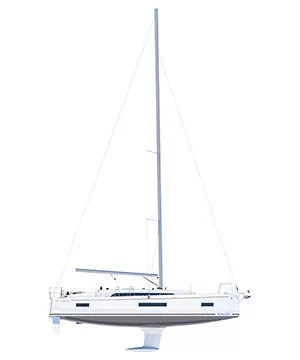
- CE Certification A10/ B10/C12 (12 passengers on board)
- Large benches seating six guests, with a fold away table.
- Two steering wheel stations each with a comfortable seat
- First Line version: extra-long mast and bigger draught
- Standard version: in-mast furling system and self-tacking jib
- Large locker in 2 sections in the cockpit floor
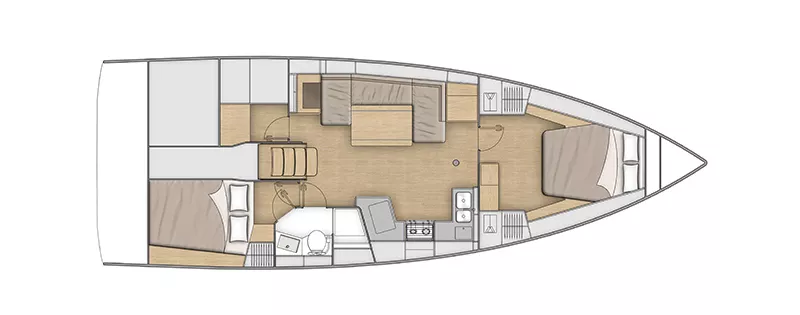
2 cabins & 1 head
- U-shaped saloon seat
- C-shaped fitted galley: fridge, sink, 2-ring hob, oven, storage and worktop
- Master cabin with double bed positioned on the boat’s centreline
- Aft cabin with double berths
- Shower room with shower compartment and marine toilet
- Several hull portholes and coachroof portlights make the space naturally bright
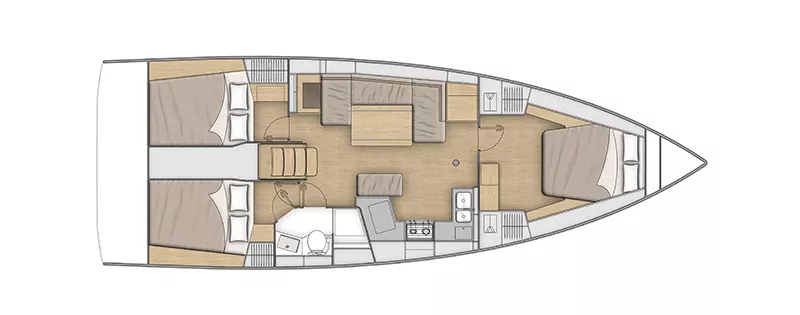
3 cabins & 1 head
- Two aft cabins with double berths
- Shower room with shower compartement, washbasin cabinet and marine toilet
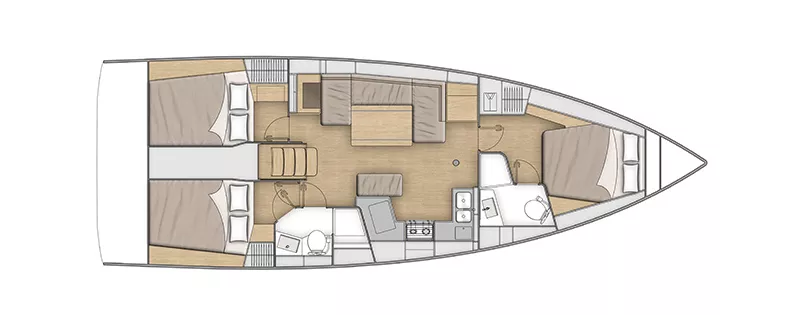
3 cabins & 2 heads
- Two shower room with shower compartment and marine toilet
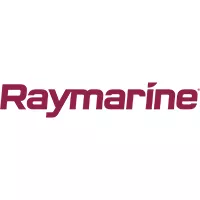
HARKEN HARDWARE

All Oceanis news
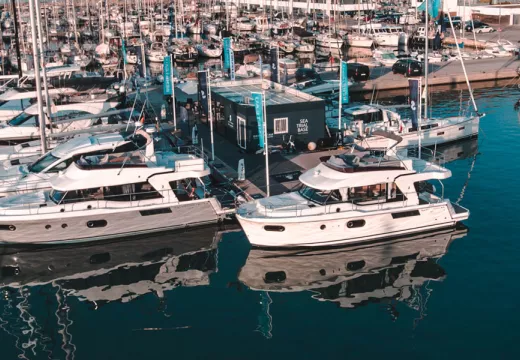
Where can you find out about the brand new BENETEAU sailing yachts and powerboats this fall ?
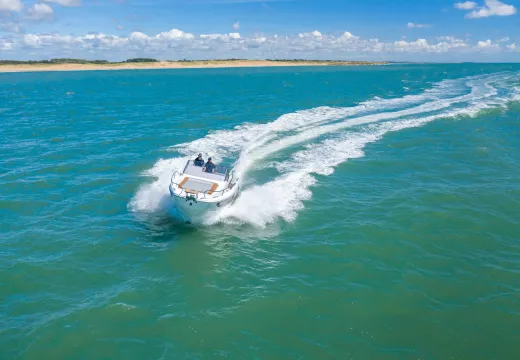
You can enjoy a variety of activities on a sailing yacht or motorboat trip
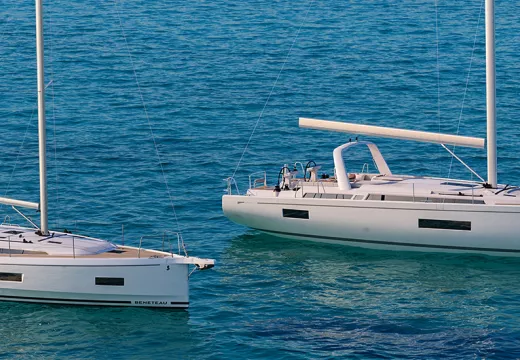
Oceanis 40.1 and Oceanis Yacht 54 : The New Wave of Oceanis Cruising Yachts by BENETEAU
Beneteau services.
With teams for sea trials, financing, customization, events, an after-sales service, and a network of dealers worldwide, BENETEAU delivers the help and expertise every boat owner needs throughout his boating life maintaining an enduring customer relationship.
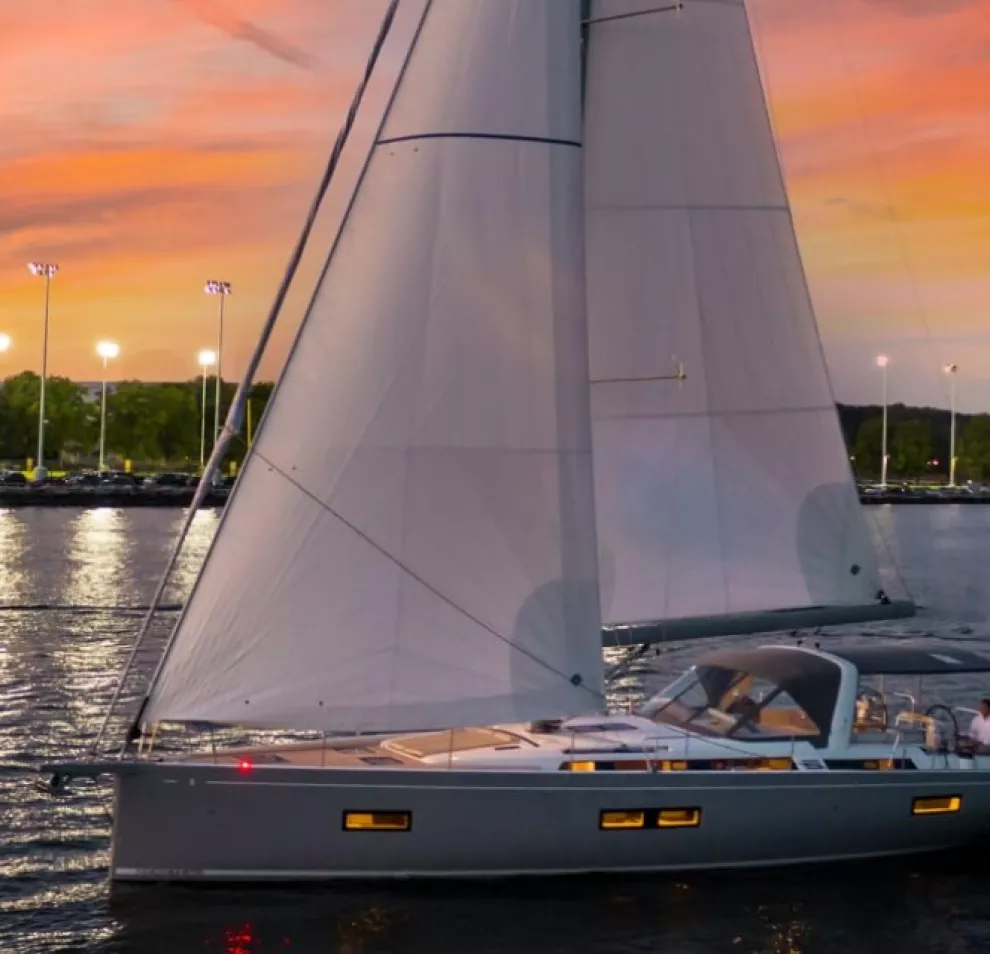
Other boats from the range
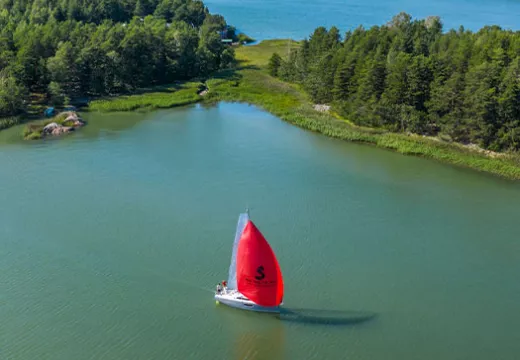
9.53 m / 31’3’’
2.99 m / 9’10’’
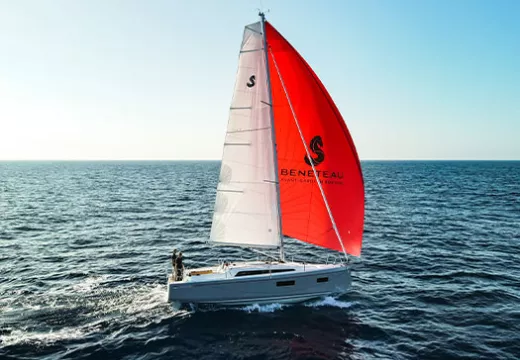
10.77 m / 35’4’’
3.57 m / 11’9’’
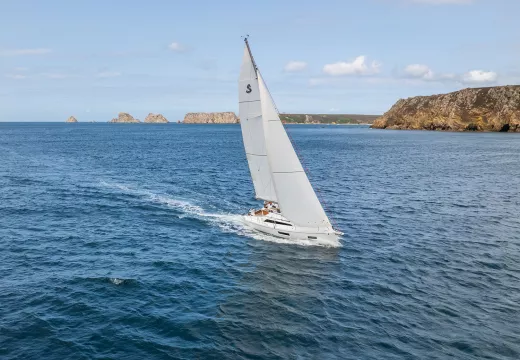
11.93 m / 39’2’’
3.92 m / 12’10’’
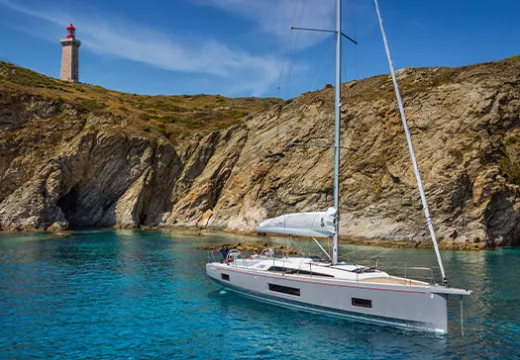
14.6 m / 47’11’’
4.5 m / 14’9’’
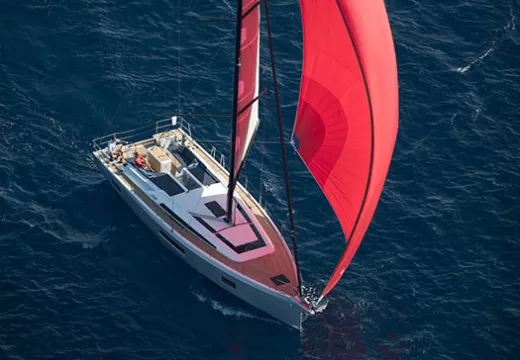
15.94 m / 52’4’’
4.8 m / 15’9’’
Select your area and your language
- American english
- Chinese, Simplified
- OC Wally Cento
- 84 Mini Maxi
- IMOCA Open 60
- Consultancy Services
- 30m Blue Water Cruiser
- 25m Explorer Yacht
- 24m Fast Cruising Catamaran
- 23m Performance Cruiser
- 20m Explorer Yacht
- 20m High Performance Cruiser
- 18m Blue Water Cruiser
- 15m Performance Cruiser
- 15m Explorer Yacht
- 12m Explorer Yacht
- Multihull Design
- 18m Explorer Yacht
- 40m Blue Water Cruiser
- 40m Cruiser Racer
- 33m Performance Cruiser
- 30m Wally Cento
- 24m ORCsy Racer Cruiser
- 24m Day Sailer
- Carbon Component Design
- Yacht Performance Development
- CFD and Model Testing
- Twin Rudder Steering Systems
- Custom Deck Hardware
- Modifications and Refit
- VPP Routing and Sail Analysis
- Classic Yacht Refit & Optimisation
- Naval Architecture
- Engineering
- Rudder Design
- Brokerage Services
- 'Seahorse Magazine' #192
- 'Divoc' #190
- Lucent #180
- Influence #171
- 'Eora' #169
- 'The Three Brothers' #168
- 'Edenred' #165
- 'BHB3' #163
- 'Teata' #148
- 'Kite' #144
- ‘Sensei’ #131
- 'Gryphon' #106
- 'Horizon' #104
- 'Sabre II' #93
- 'Letto Di Pletto' #47
- 'Mowgli' #41
- 'Graybeard' #39
- 23.8m Ultime Trimaran
- 20.7m Orma Trimaran
- 18.28m Orma Trimaran
- 16.75m Cruising Catamaran
- 16.1m Cruising Catamaran
- 12.8m Crowther Shockwave Catamaran
- 9.1m Seacart 30 Trimaran
- 26.3m Aluminium Sloop
- 21.0m Steel Schooner
- 21.0m Aluminium Cruising Ketch
- 20.0m Aluminium Explorer Yacht
- 20.0m Luca Brenta Racer Cruiser
- 19.6m Aluminium Bluewater Cruiser
- 19.2m Aluminium Lifting Keel Sloop
- 18.8m Custom Steel Sloop
- 16.0m Sly Cruiser Racer
- 14.5m Aluminium Cruising yacht
- 13.87m Wooden Motor Sailer
- 25.25m Reichel Pugh Maxi
- 18.28m IMOCA 60 Nexans WeWise
- 18.28m IMOCA 60 'Canada Ocean Racing'
- 18.28m IMOCA 60 Gentoo
- 18.28m IMOCA 60 One Planet
- 15.85m TP52 Georgia
- 15.84m TP52 Racing Yacht 'Alizee'
- 15.25m Pegasus Open 50
- 12.8m Fast 40
- 10.89m Figaro 3
- 10.11m Sun Fast 3300
- 19.2m Lifting Keel Sloop
- 14.5m Aluminium Cruising Yacht
| OC Performance Yacht Brokerage Services are specialists in Class 40 yacht sales and brokerage. We are an international sailboat broker with specialist experience in the design, operation and brokerage of pre-owned Class 40 racing yachts that are for sale in the UK, Europe, USA and worldwide. The OC Performance Yacht Brokerage consistently sells and has by far the greatest number of Class 40 sailboats for sale, of any other yacht broker, anywhere. As designers in the class since 2006 with almost twenty of our own designs on the water, we have considerable specialist experience in the design, racing, operation and brokerage of the pre-owned Class 40 racing yachts we have for sale in the UK, Europe, USA and worldwide. We're pleased to introduce our website listings page dedicated to the sale of these exciting offshore racing and racer cruising yachts. Guillaume Verdier Pogo S4 Launch: 2023 Lying: La Trinite, France
SOLD Sam Manuard Mach 40.5 Launch: 2023 Lying: La Trinite, France
€750,000 Ex Vat VPLP Clak40 Launch: 2022 Lying: Brittany, France €810,000 Ex VAT FOR SALE VPLP Clak40 Launch: 2021 Lying: St Malo, France €600,000 Ex VAT FOR SALE Lombard Lift V2 Launch August 2021 Lying: La Trinite sur mer €650,000 ex-VAT FOR SALE Etienne Bertrand/Cape Racing Scow Launch 2021 Lying: La Trinite sur mer €500,000 ex-VAT FOR SALE Guillaume Verdier, Tizh 40 Launch: 2016 Lying: La Grande Motte, Montpellier, France €340,000 Ex Vat Sam Manuard Mach 40.3 Launch: 2015 Lying: Hamble, UK €360,000 UK Vat paid Marc Lombard Akilaria RC3 Launch: 2013 Lying: Lorient, France €250,000 Ex VAT FOR SALE Marc Lombard Akilaria RC2 Launch: 2011 Lying: Trinidad €140,000 Ex Vat FOR SALE Sam Manuard Mach 40.2 Launch: 2011 Lying: St Malo, France €190,000 Ex Vat FOR SALE Marc Lombard Akilaria RC2 Launch: 2010 Lying: La Coruna, Spain SOLD Owen Clarke Design Launch: 2009 Lying: Scheveningen €130,000 Tax paid FOR SALE Marc Lombard Akilaria RC2 Launch: 2008 Lying: Cherbourg, France €135,000 Ex VAT FOR SALE - PRICE DROP Marc Lombard Akilaria RC1 Launch: 2007 Lying: Halstad, Sweden €115,000 Ex VAT FOR SALE Marc Lombard Akilaria RC1 Launch: 2006/7 Lying: Split, Croatia SOLD Marc Lombard Akilaria RC1 Launch: 2007 Lying: Annapolis, MD,
FOR SALE To receive a document explaining "The advantages of using a broker" contact: For information on image copyright and our terms of business please review: Information on our own Class 40 designs can be found |

What Size Sailboat Can One Person Handle?

Getting the right size of boat for your sailing adventures will significantly impact your sense of security and safety, comfort, and your activities aboard the boat, especially if you're planning to embark on solo sailing. It's, therefore, of great importance to get it right from the start as it will save you time, disposal expenses, and determine whether or not you can sail solo.
Whether you're an introverted loner who loves going it alone or love the unique challenges that solo sailing presents, one of the most important questions that you've probably been asking yourself is; how big a sailboat can one person handle? In most cases, solo sailing will mean that you assume all the roles: bow-person, skipper, engineer, navigator, dial trimmer, and chef. Under such a scenario, the main intention is to make these roles as simple as possible for you and this calls for the right sized sailboat.
So how big a sailboat can one person handle? Well, a sailboat measuring between 35 and 45 feet (10.5 - 14 meters) with a draft of about 2 meters, plenty of sail area, easy reefing, and well-working assistive equipment can be ideal for one person to handle. The boat shouldn't be over 9 tons as things can get a little tricky and out of hand if the boat exceeds this weight. In essence, the boat should have automated systems that work properly including a properly working electric windlass that makes hauling an anchor as simple as possible.
In this article, we'll look at some of the reasons why sailboat measuring between 35 and 45 feet can be perfectly handled by one person.
Table of contents
Why 35 to 45 Feet?
Generally speaking, vessels that measure between 35 and 45 feet normally steer well and have a good sea-keeping ability. They usually have assisting self-steering arrangements, tolerable sailing speed, and good storage capabilities. Better still, such sailboats can be designed in such a way that a single person may perform all the sailing tasks completely unassisted.
Below the decks, these sailboats generally offer comfortable seagoing sleeping berths for one person, as well as additional space for the occasional guest. That's not all; the galleys are usually very workable and safe even for continuous use. The navigation station is independent, comfortable, and large enough so that you can lay the charts out flat and permanently. You also have additional storage that is perfect for additional charts.
One of the most overlooked factors when considering the ideal boat that can be perfectly handled by one person is the storage capability. If you're planning to sail single-handedly to far-flung areas, the boat should have a hoard of equipment. The boat should have fuel storage, a dinghy, oars, secondary chains, life jackets, anchor rods, EPIRBS, storm equipment, engine spares, additional batters, and many more. There should also be enough storage to accommodate food and water provisions for at least two months. With that in mind, 35-45 feet long sailboat should have enough storage space to accommodate everything that you need to sail perfectly, safely, and single-handedly.
Other Factors to Consider
While your physical strength, fitness, experience, determination, and nautical skills can impact the size of a sailboat that you can single-handedly handle with confidence, these are just a few definitive factors. As such, the size of the boat's sails will play a critical role. It doesn't matter how fit or strong you are, it's almost impossible to perfectly handle sails that measure 300-400 square feet on your own, and these are more common on vessels measuring 50-60 feet.
This is exactly why you shouldn't go for a sailboat that exceeds 46 feet if you're planning to sail single-handedly. You should refrain from going for a larger sailboat as it can be far trickier to dock in a crowded marina if you're sailing single-handedly. If anything, a boat measuring 35-45 feet will allow you to see around. It's also maneuverable, especially when anchoring and docking. You should also keep in mind that boats measuring 35-45 feet are generally designed with engine props, keels, and electric bow thrusters that can make a huge difference in the handling and maneuverability of such boats.
Here are a few factors to consider when looking at the size of a sailboat that you can handle on your own.
The anchor - Any sailor will tell you that it's always advisable to go out there on the water with an anchor that's large and strong enough to hold the sailboat safely in case there's a storm. But because you want a sailboat that you can handle on your own, you should ask yourself; can you raise the boat's anchor back to the deck with the help of a winch or another person? This should help you determine the size of a sailboat that you can handle alone.
Configuration of the Sailboat - This pretty much revolves around the maneuverability of the boat. Simply put, the sailboat should be designed in a way that you can single-handedly maneuver it to a dock even when strong winds are blowing. You should also be able to get a line from the sailboat to the dock without losing control of the boat.
You should also make sure that you can reef, lower, smother, and work with the sails in all kinds of weather without any assistance.
Hardware - Another important factor to consider when looking for the right size of a sailboat that you can handle alone is the hardware. Many equipment manufacturers now offer affordable hardware that can be used by lone sailors at the highest levels. For example, there are canting keels and roller furling headsails that are generally used in short-handed racing and these technologies have filtered into the mainstream.
There are also robust and reliable sailing handling systems such as electric winches, top-down spinnaker furlers, code zeros that can be of great help if you want to sail single-handedly, especially for offshore adventures. You can also go for reliable autopilots that are interfaced with wind instruments to enhance your safety and navigation. You can also use releasable inner forestay designed with hanks to make your headsail reef a lot easier. The boat should have enough reefs and the seat should have a comfortable cushion to make long hours of sailing more enjoyable.
Safety and communication - Sailing single-handedly always requires that you take your safety into serious consideration. You do not have a crew that will help you when there's a mishap so there's always an increased risk. For this reason, your safety and communication should be paramount if you're looking for a sailboat that you can handle alone. Some of the most important things to have in place include stout webbing straps that run from bow to stern and should be clipped into the tether on your harness. These are some of the safety devices that you should use even when the weather is very calm. You should also have an appropriate life jacket and wear it at all times.
That's not all; you should have a perfect sail and communication plan that you can share with a trusted contact on land. Of course, this should include your sailing route and projected timeline. You should have satellite phones and Wi-Fi onboard the boat, as well as other reliable communication devices. You should also have an extra battery. More importantly, you should attend safety as sea courses as this will enhance your skills of staying safe in case there's a mishap when sailing single-handedly.
Going Smaller than 35-45 Feet
As we noted earlier, a sailboat measuring between 35 and 45 feet is the sailing sweet spot if you want to sail single-handedly. This is because such sailboats do offer almost everything that you need to sail without any assistance. However, you may decide to go smaller but this would mean that the storage capabilities go against you.
In most cases, a sailboat measuring about 25 feet long would mean that you lose about 4 tons of storage space as well as the overall weight. This would mean that the boat is much lighter and this might affect your speed. Remember, the longer the boat, the faster the speed and this is essential for seagoing passages. On the other hand, a shorter boat will be slower and this means that you'll have to carry more food and water if you're going for offshore adventures.
As such, the volume of accommodation required may overwhelm a smaller vessel and this can make the operation of such a boat quite challenging. Other areas such as the navigation and galley table may be cramped and this can compromise the way you operate the boat. Worst still, the possibility of having a friend or a loved one join you aboard the boat is nearly impossible since there may be not enough accommodation for the two of you.
Another notable disadvantage of going smaller is the violent motion that it endures when sailing. This can be stressful and very likely to cause seasickness and this is something that you don't want when sailing single-handedly.
Going Larger than 35-45 Feet
If you're not on a limited budget, then you may choose to go for a sailboat that is larger than 35-45 feet. Larger sailboats are more speed and will always deliver sea-kind motion. You also have ample storage and accommodation for friends and family. But even with these advantages, the fundamental weakness of a larger sailboat is that it's almost impossible for one person to perfectly handle it. In other words, it's impossible to perfectly handle, maintain, and manage all facets of sailing a larger vessel. In fact, it can be even challenging or two people to handle it.
In essence, handling a larger vessel single-handedly can be brutal, to say the least. You may have lots of equipment but you'll still require more manpower to have them working appropriately.
To this end, it's easy to see why sailboats measuring 35-45 feet are the best for solo sailing . Smaller vessels might be ideal for the weekends but they are slower and do not have enough storage and accommodation space for offshore sailing. Almost similarly larger vessels (46 feet and above) are faster, beautiful, and spacious, but handling them on your own is almost impossible. So if you're looking for a sailboat that you can perfectly handle on your own, go for a vessel measuring between 35 and 45 feet long.
Related Articles
Daniel Wade
I've personally had thousands of questions about sailing and sailboats over the years. As I learn and experience sailing, and the community, I share the answers that work and make sense to me, here on Life of Sailing.
by this author
Most Recent

What Does "Sailing By The Lee" Mean?
October 3, 2023

The Best Sailing Schools And Programs: Reviews & Ratings
September 26, 2023
Important Legal Info
Lifeofsailing.com is a participant in the Amazon Services LLC Associates Program, an affiliate advertising program designed to provide a means for sites to earn advertising fees by advertising and linking to Amazon. This site also participates in other affiliate programs and is compensated for referring traffic and business to these companies.
Similar Posts

How To Choose The Right Sailing Instructor
August 16, 2023

Cost To Sail Around The World
May 16, 2023

Small Sailboat Sizes: A Complete Guide
October 30, 2022
Popular Posts


Best Liveaboard Catamaran Sailboats
December 28, 2023

Can a Novice Sail Around the World?
Elizabeth O'Malley
June 15, 2022

4 Best Electric Outboard Motors

How Long Did It Take The Vikings To Sail To England?

10 Best Sailboat Brands (And Why)
December 20, 2023

7 Best Places To Liveaboard A Sailboat
Get the best sailing content.
Top Rated Posts
© 2024 Life of Sailing Email: [email protected] Address: 11816 Inwood Rd #3024 Dallas, TX 75244 Disclaimer Privacy Policy


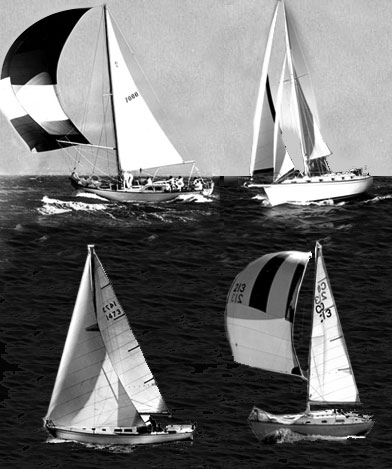
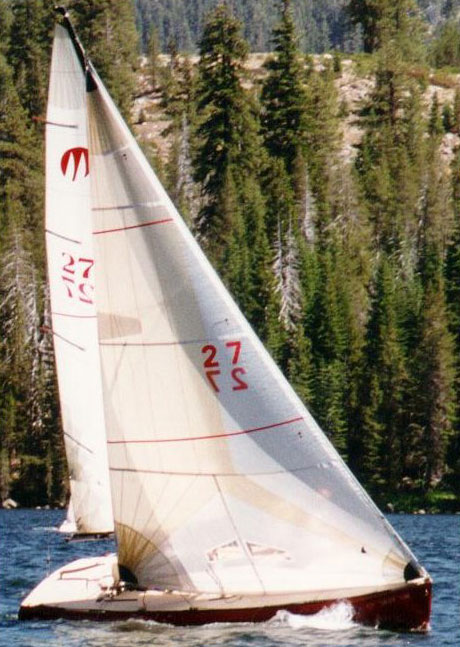
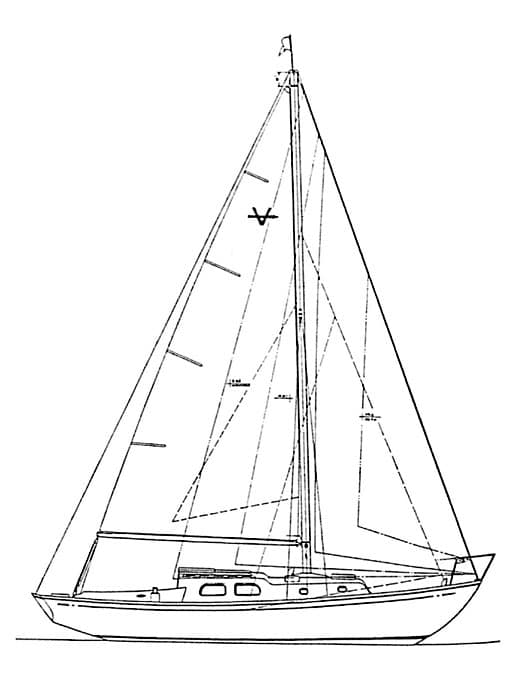
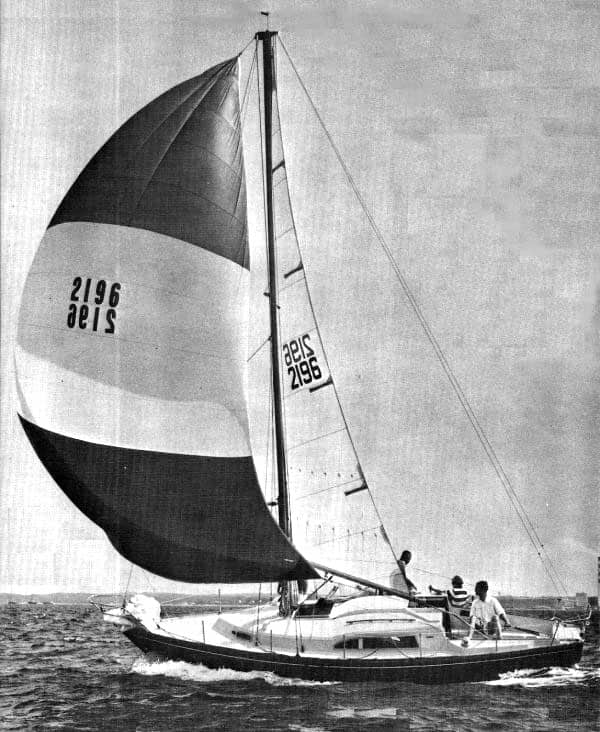
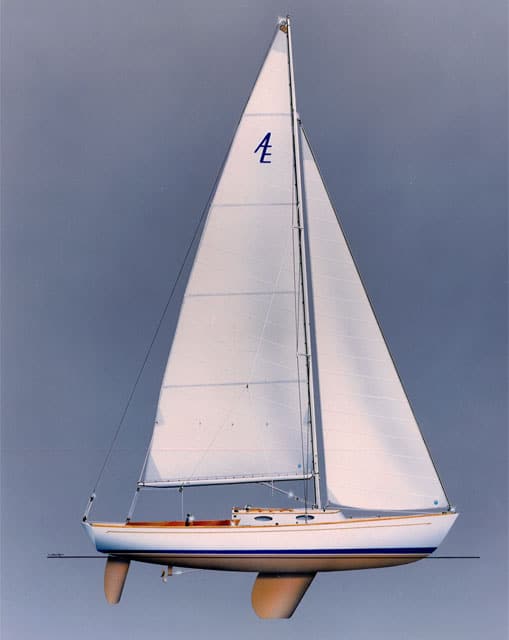
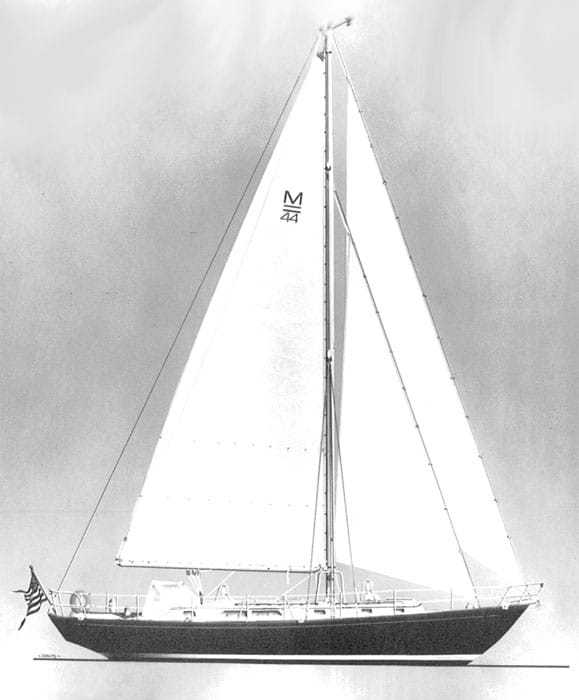
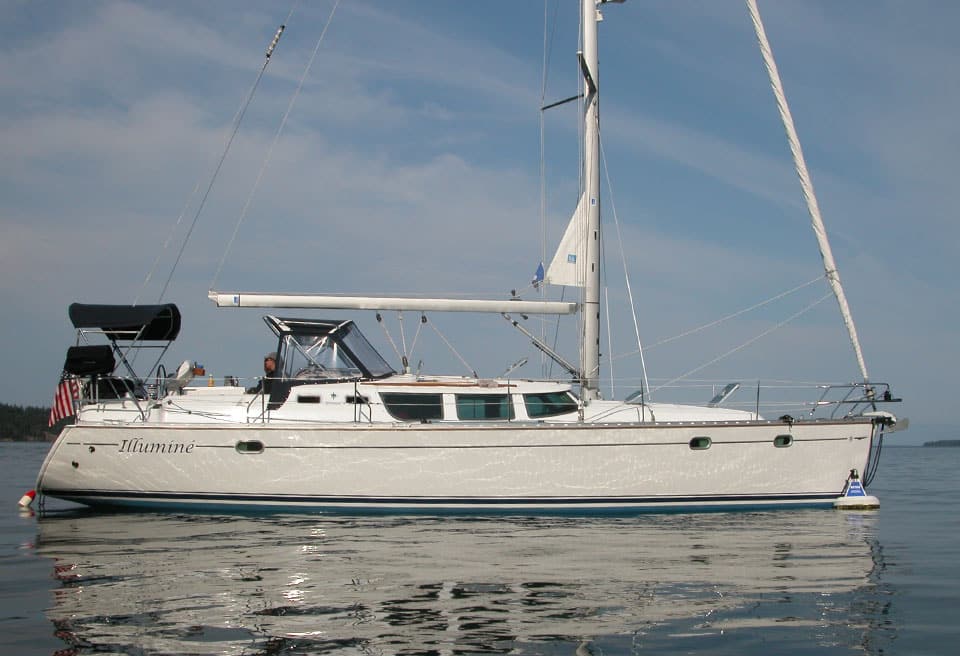
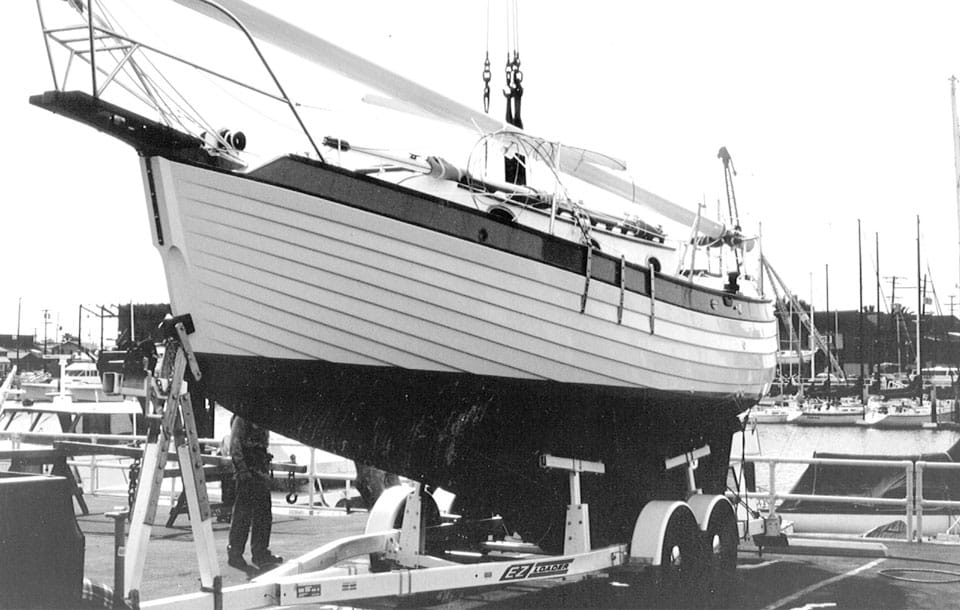
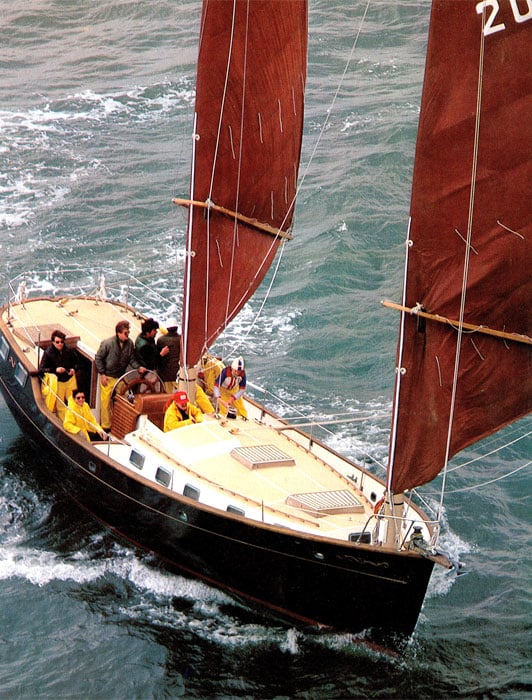
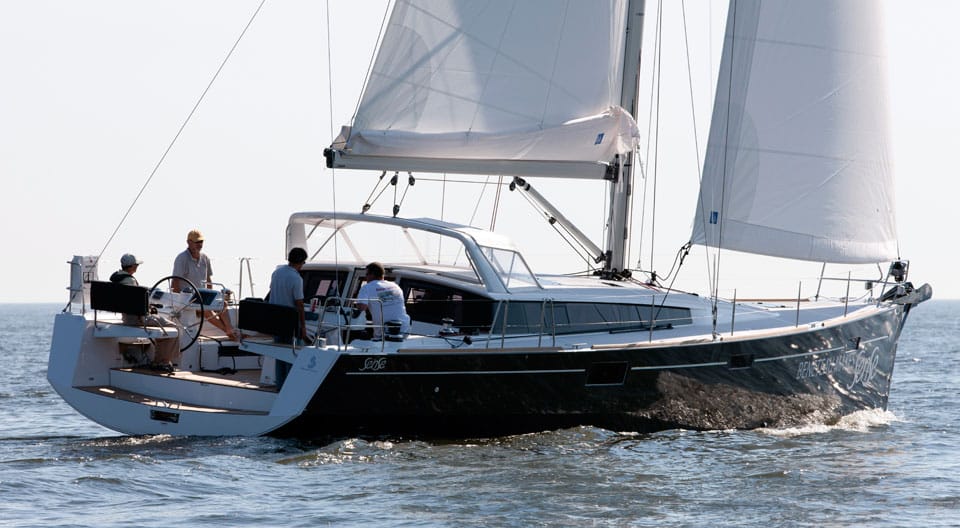
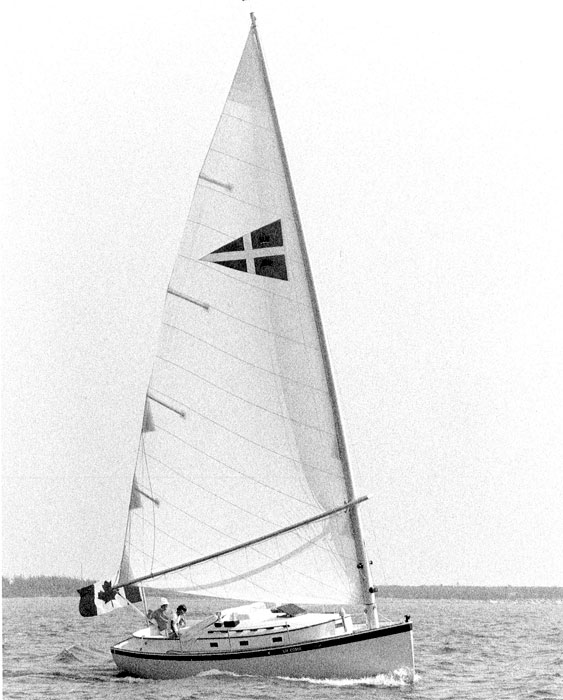
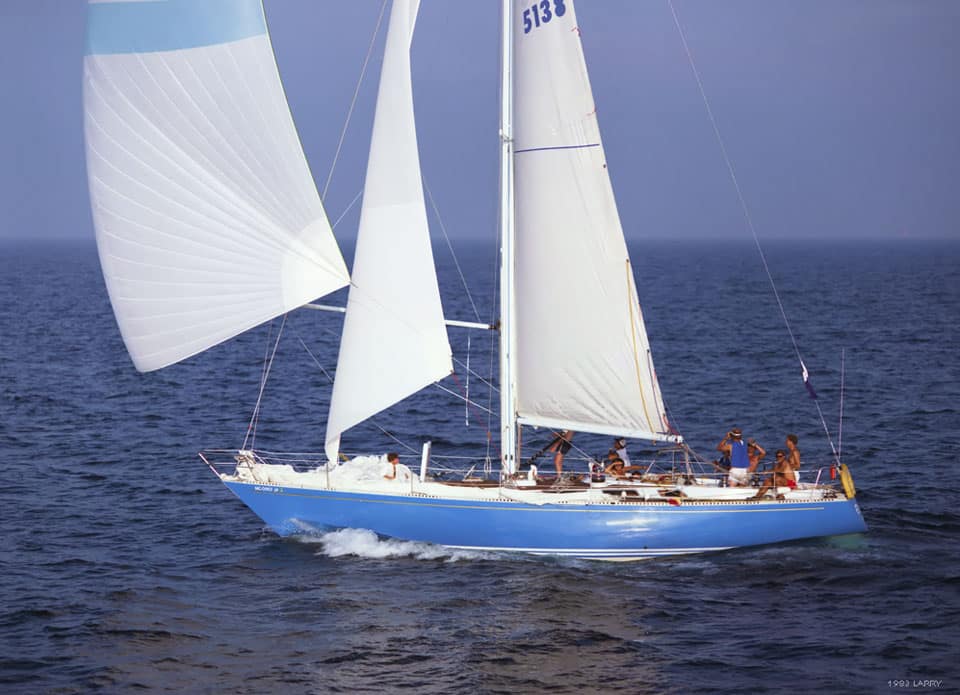
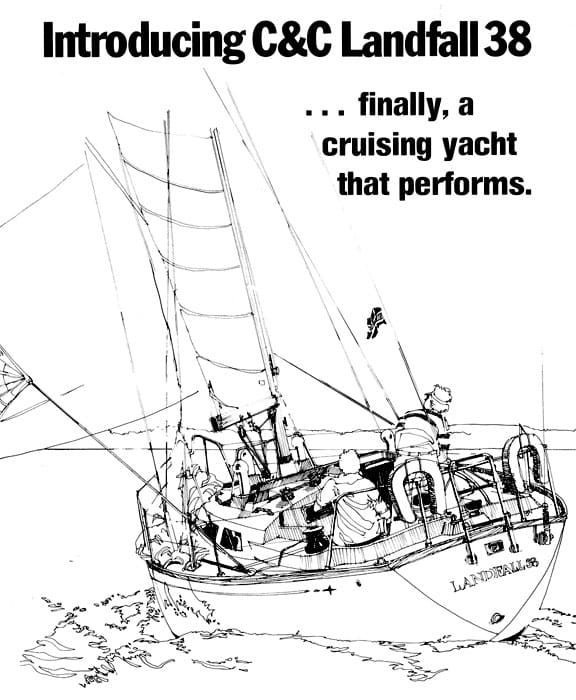
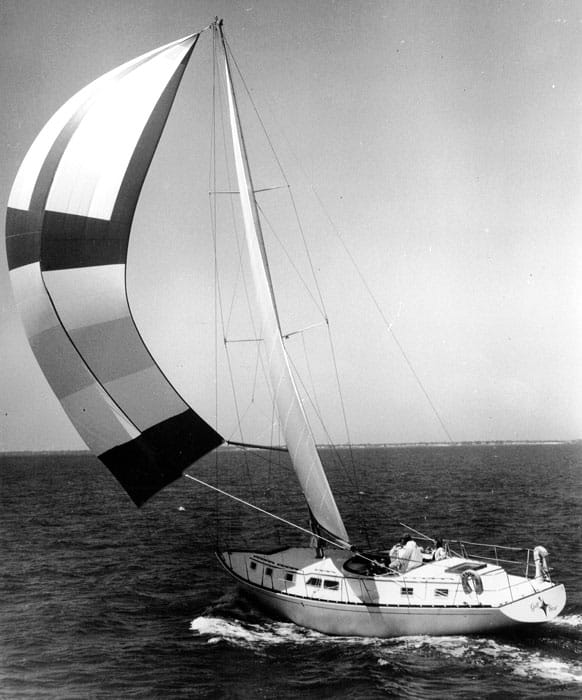
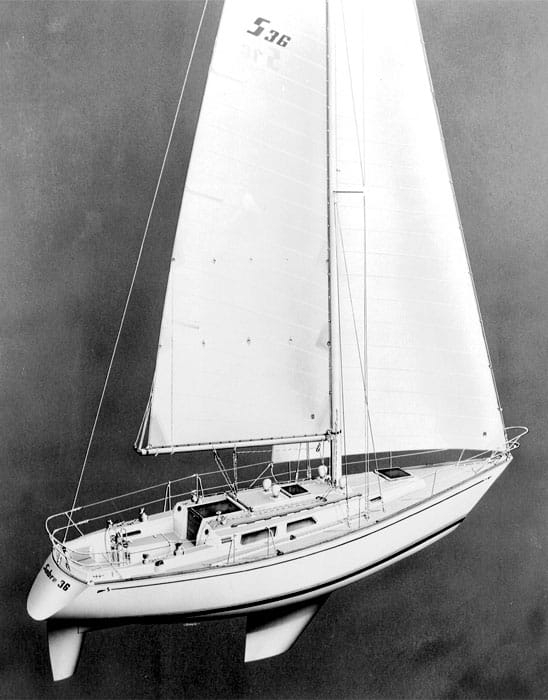
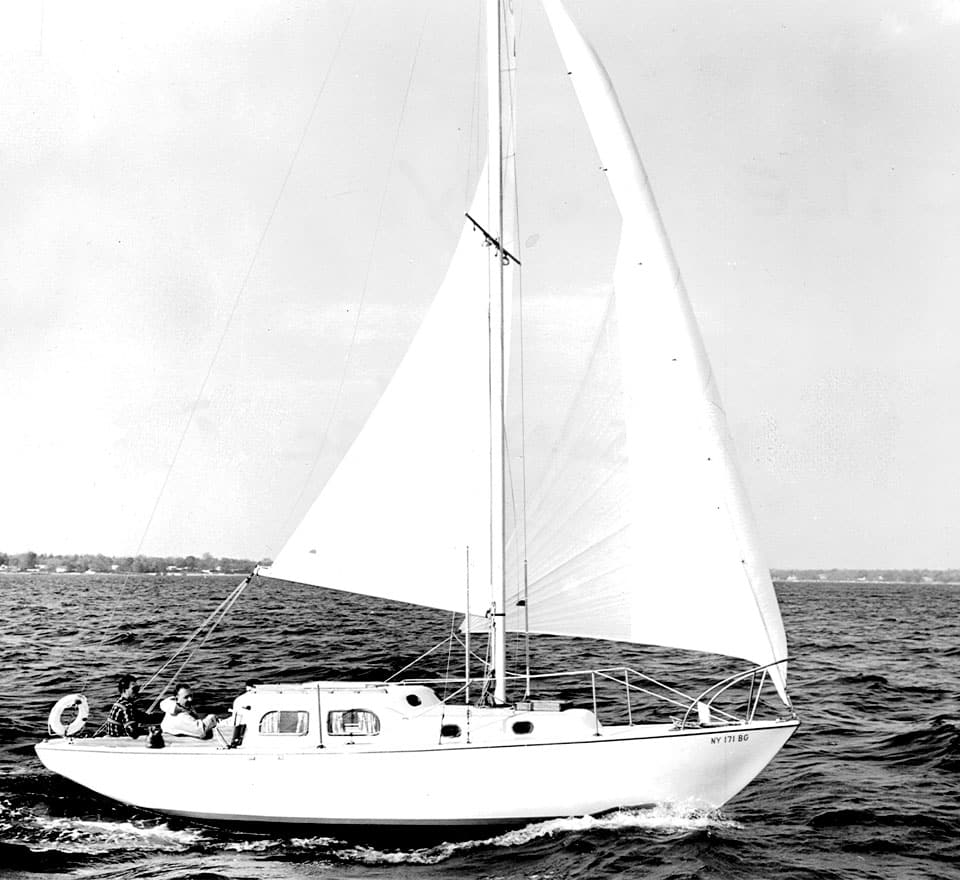
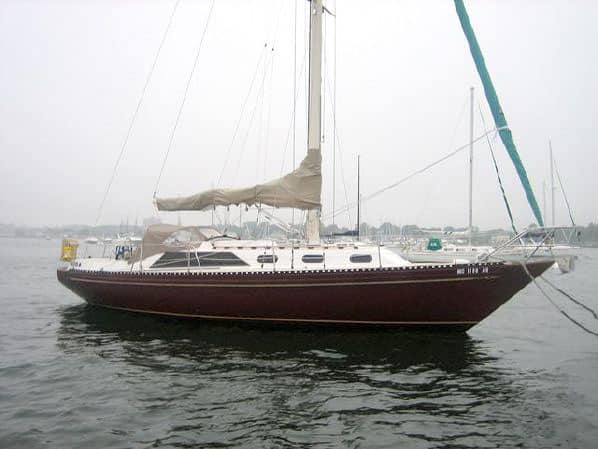
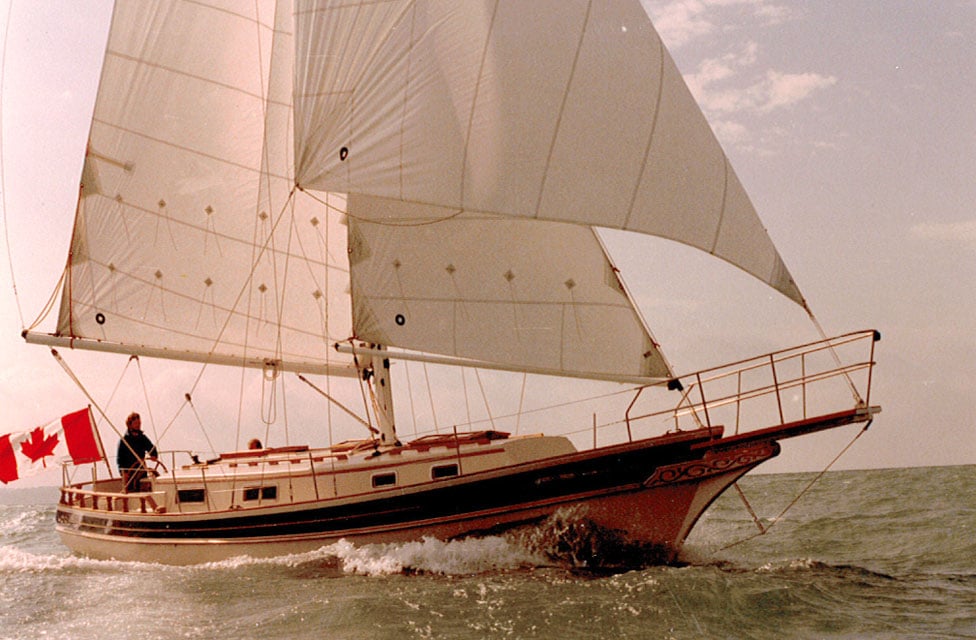
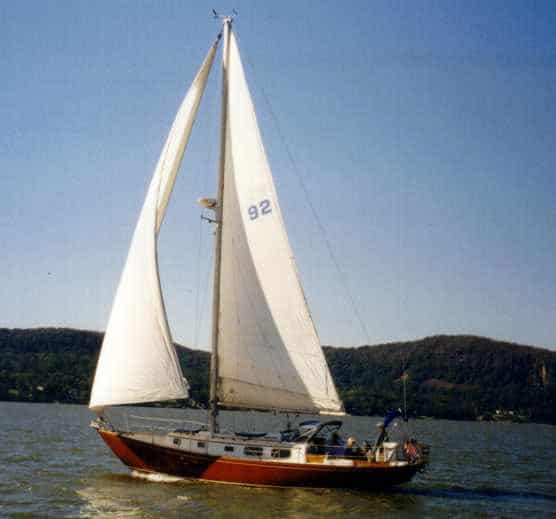
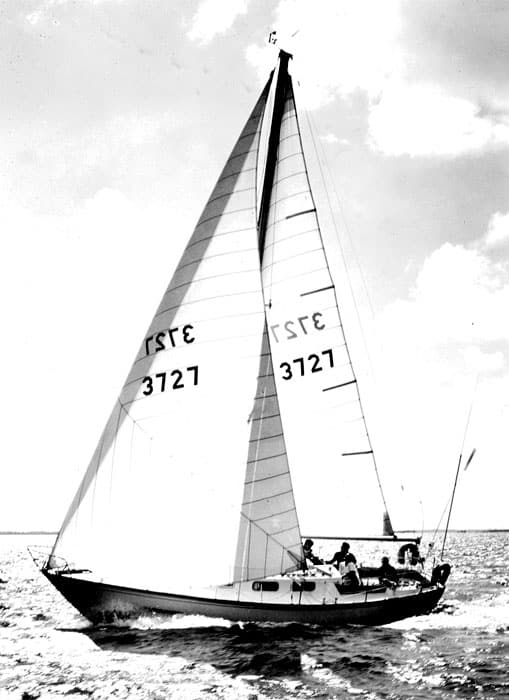
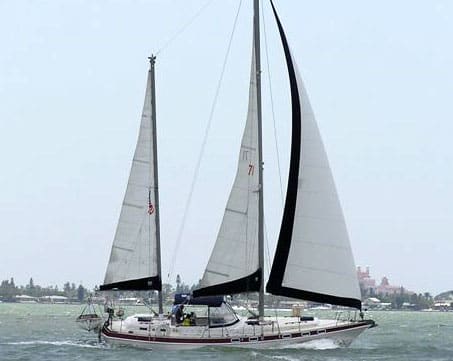
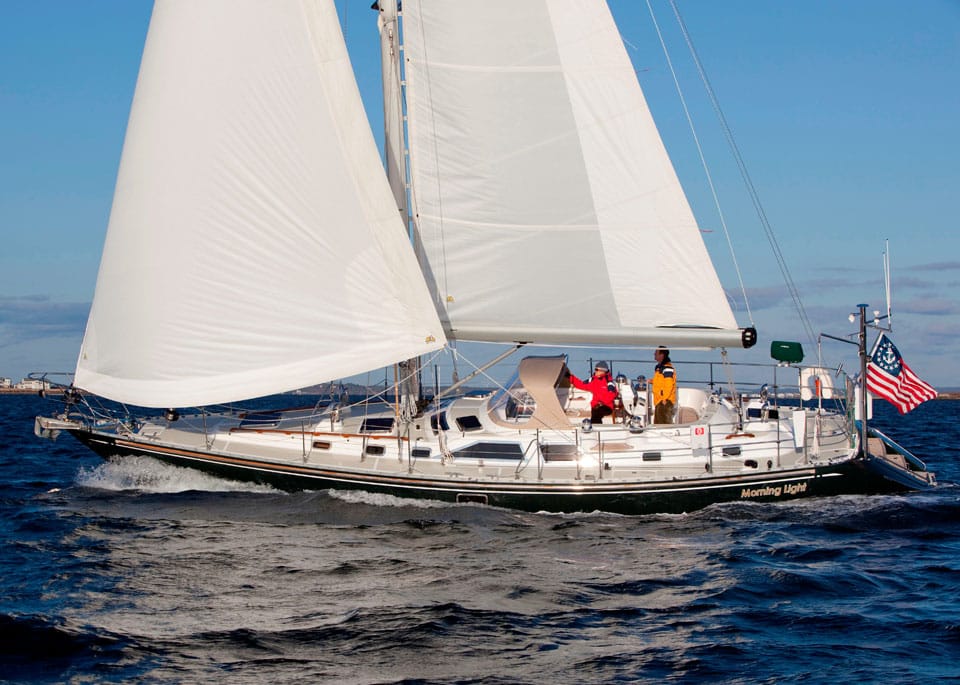
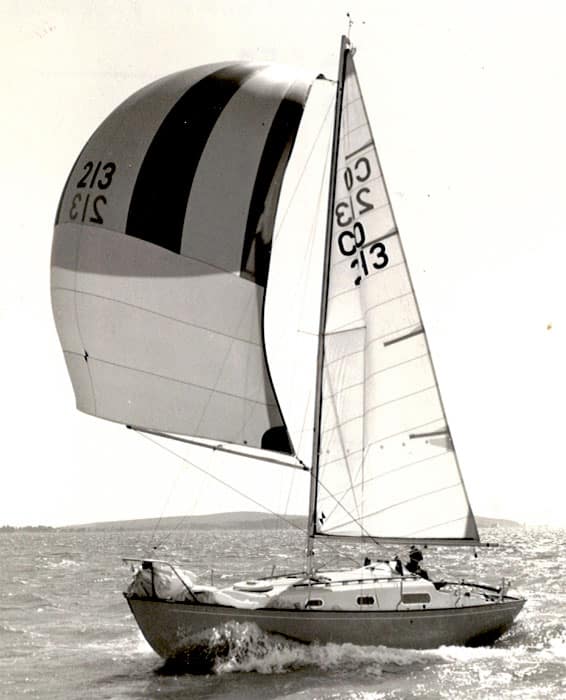
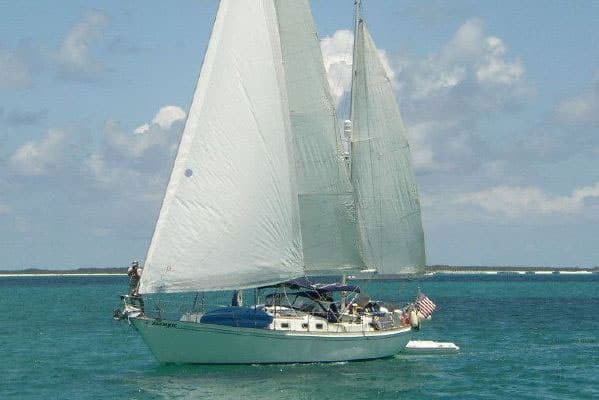
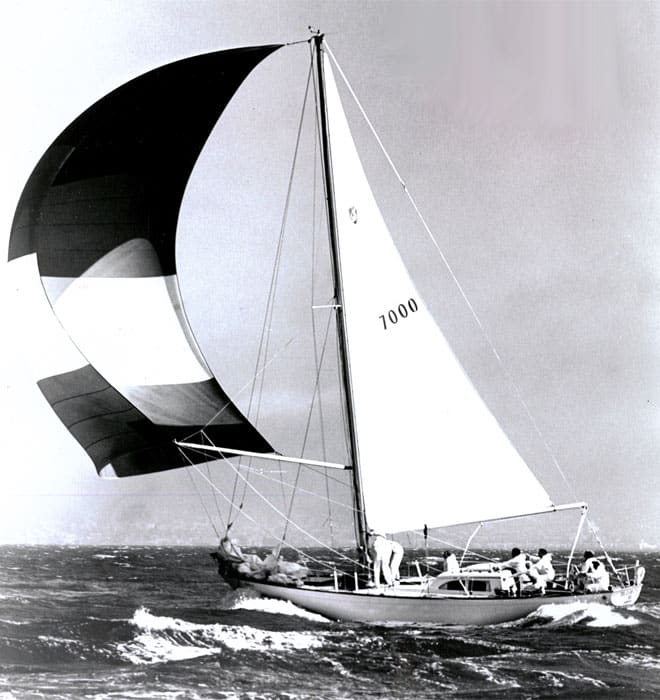
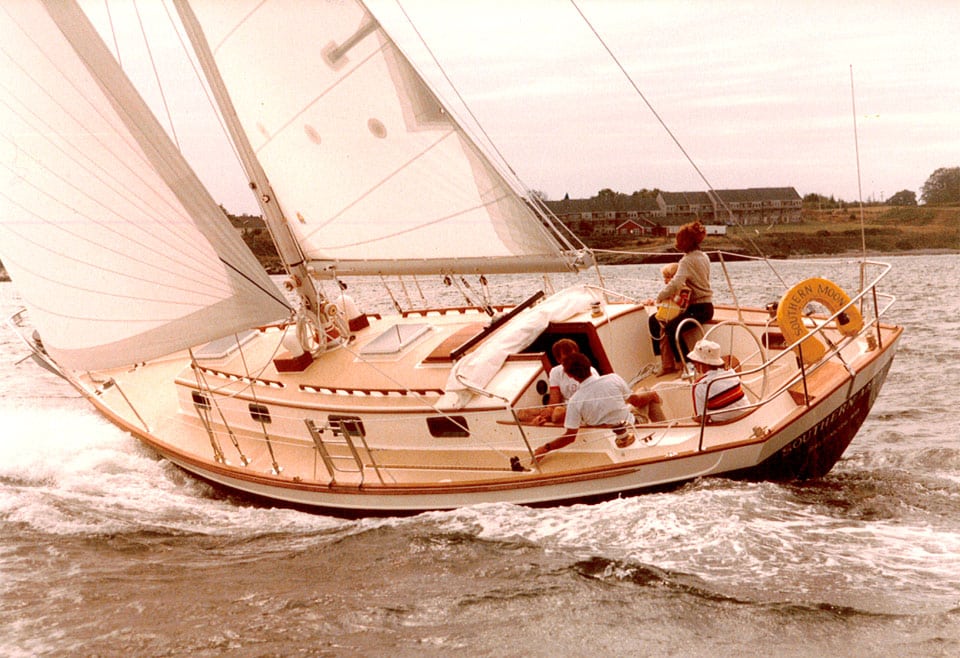
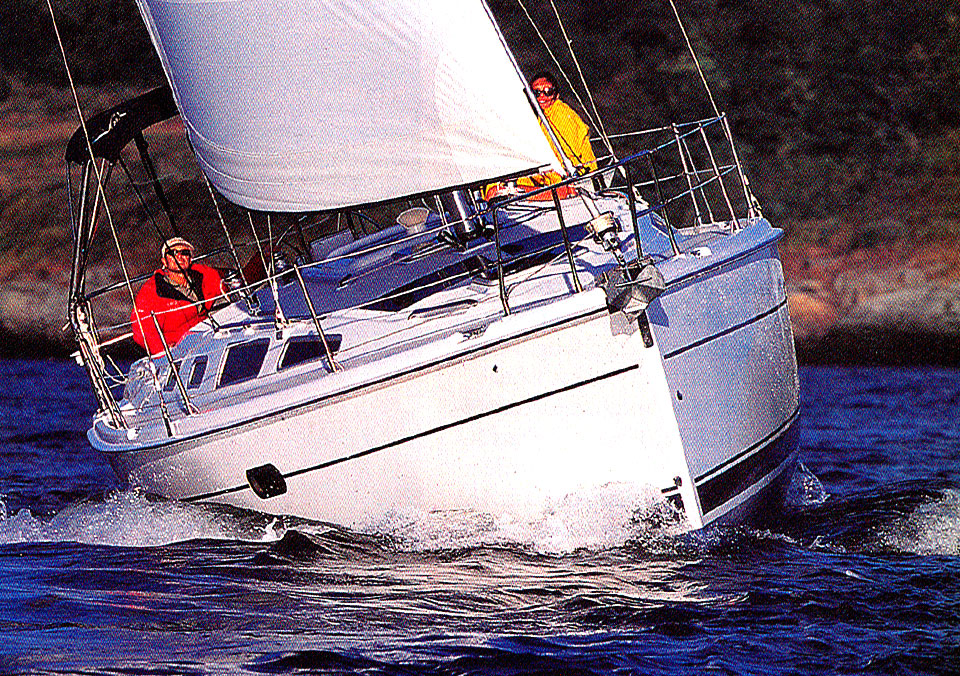
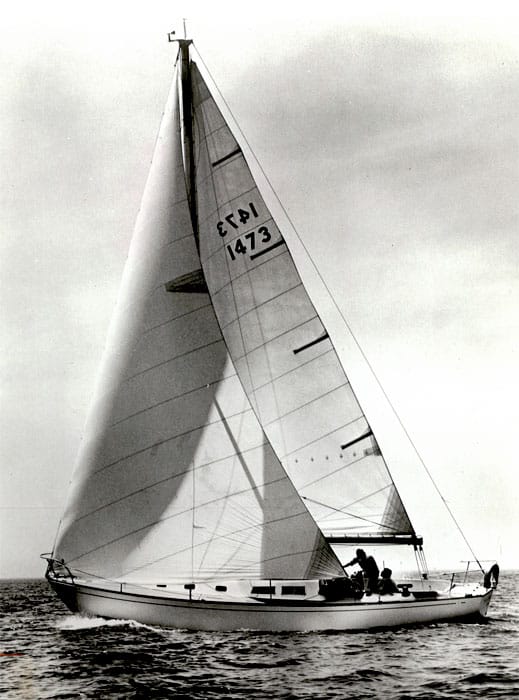
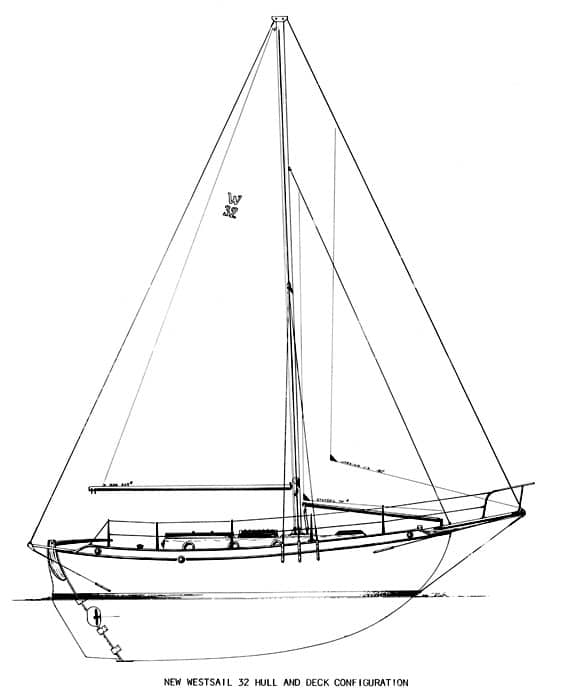
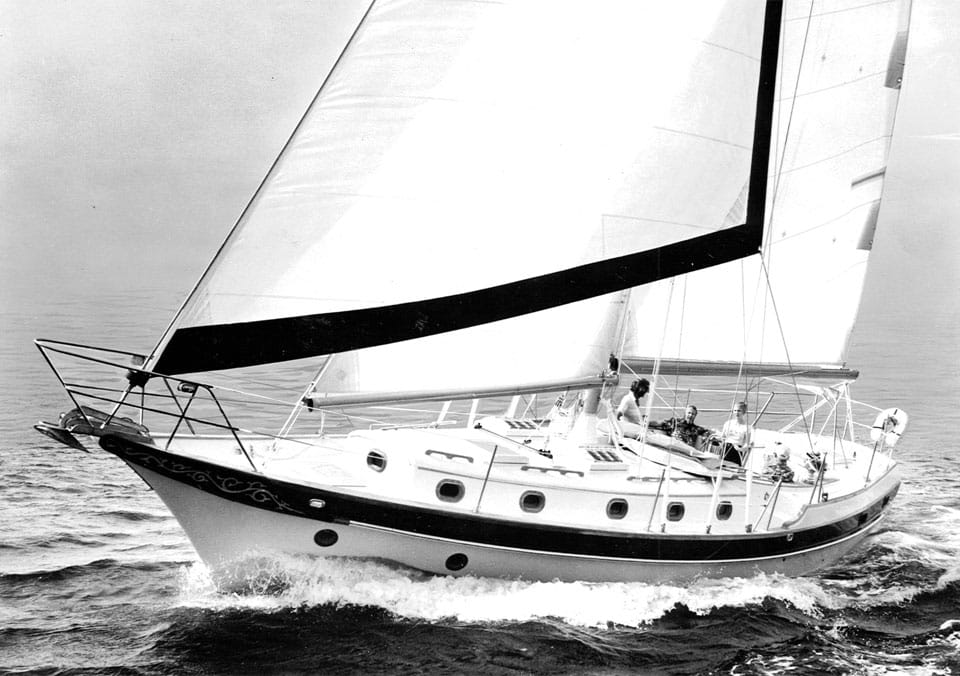
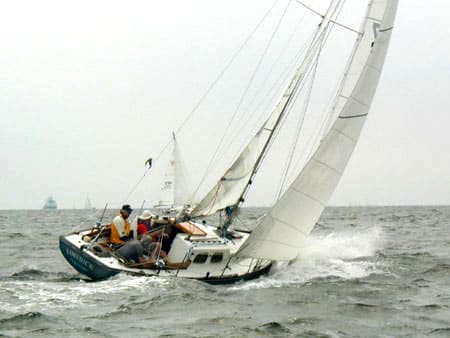
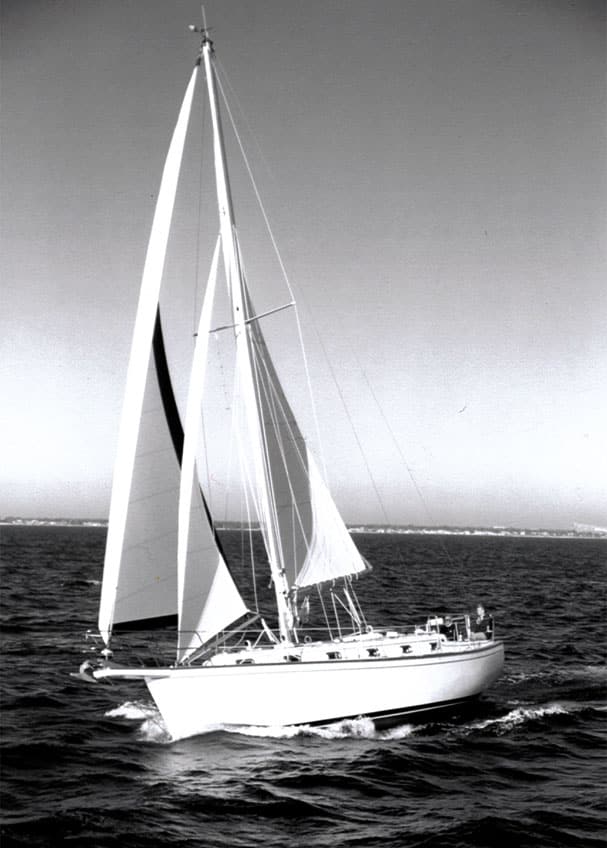
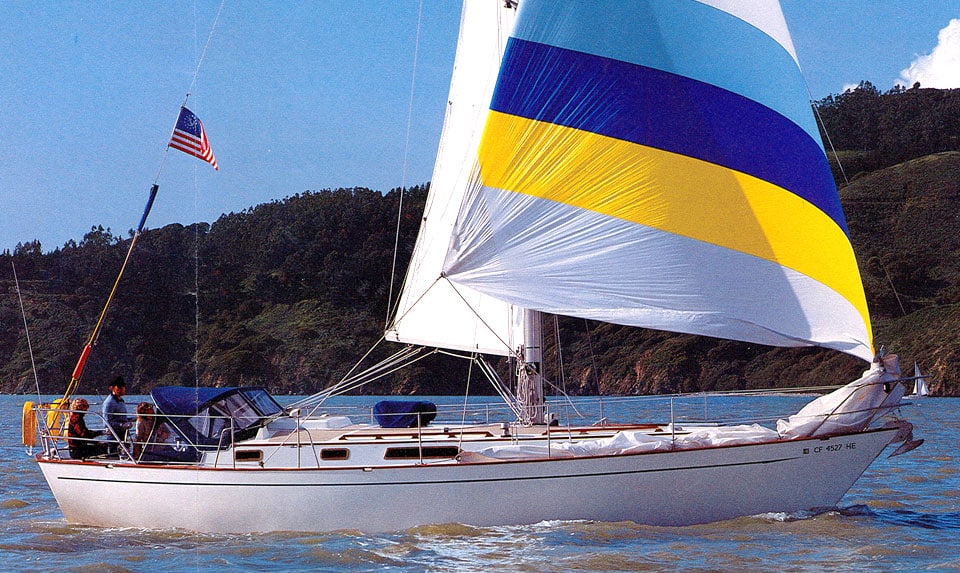
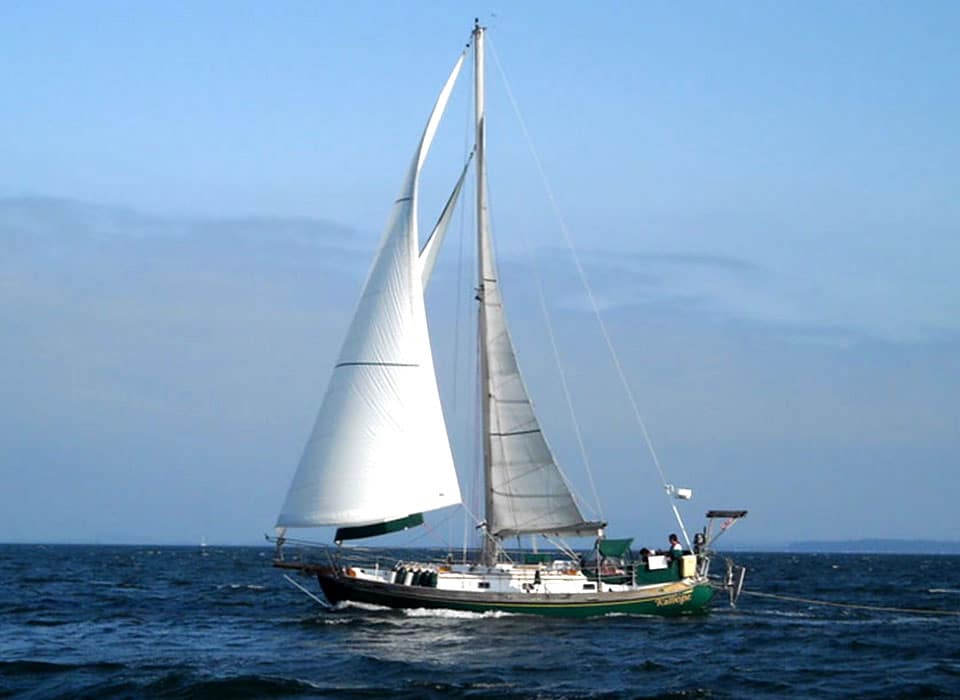
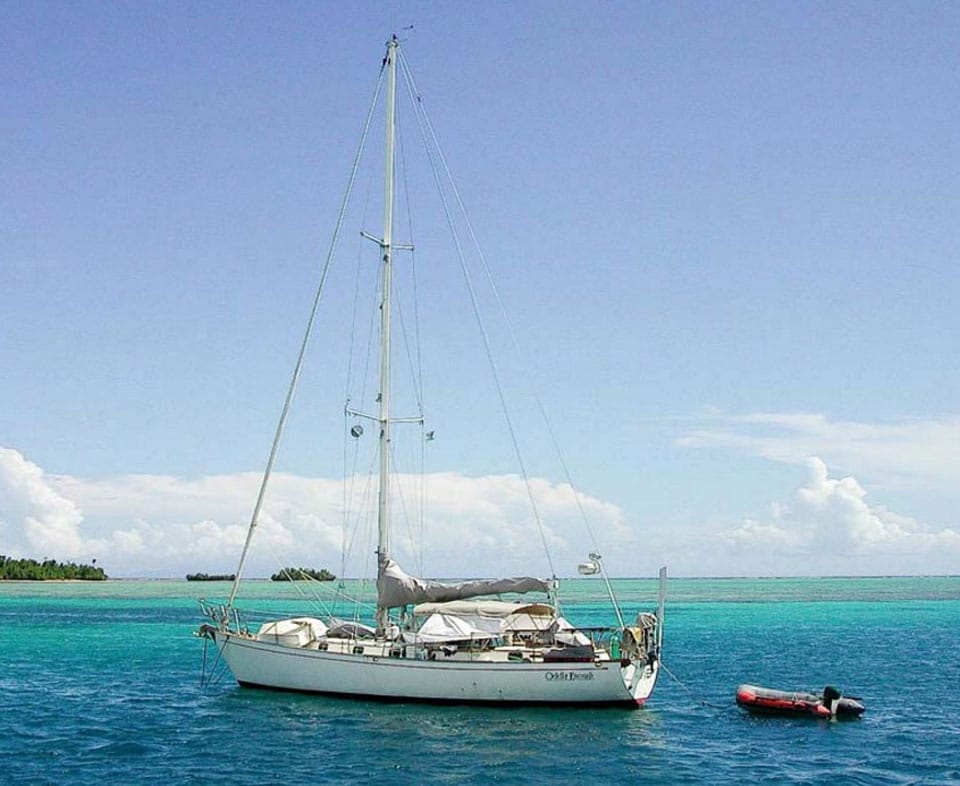
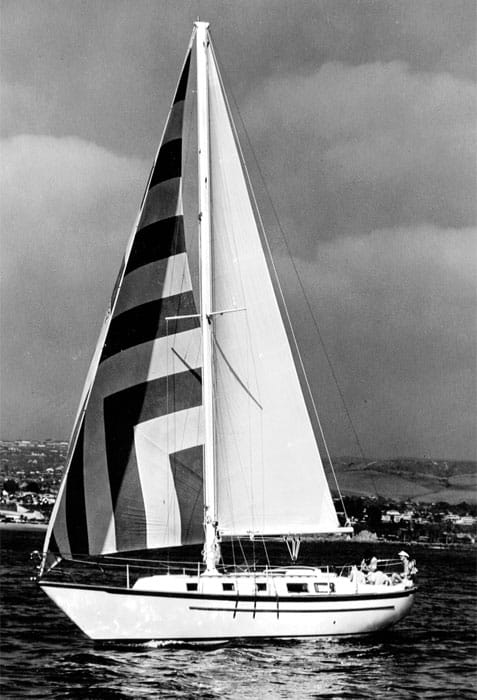
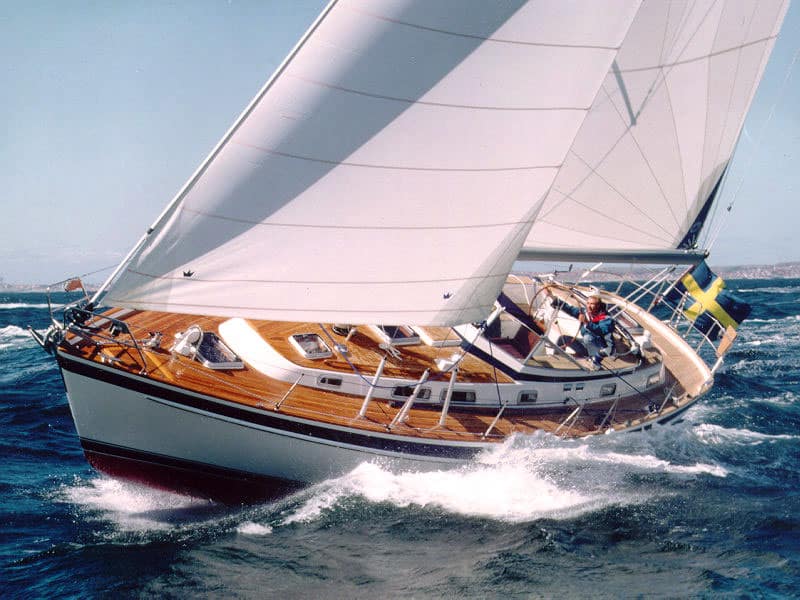
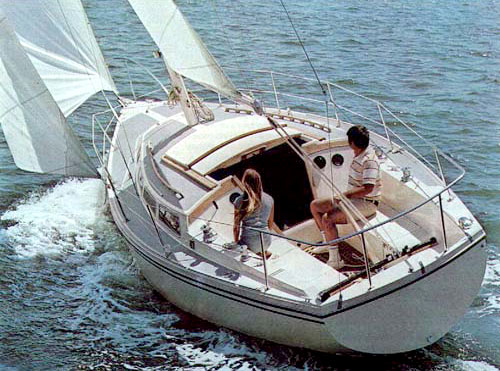
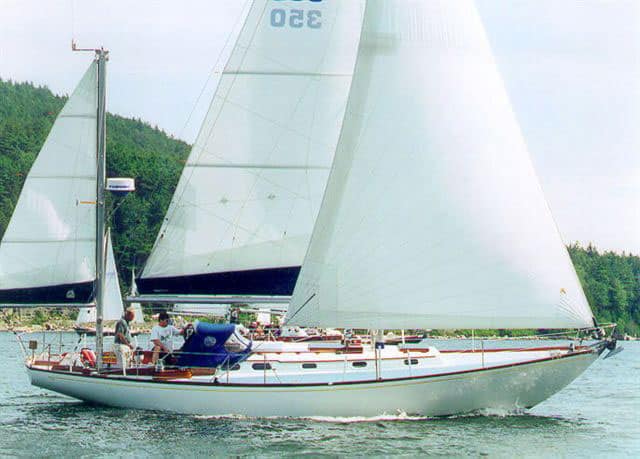
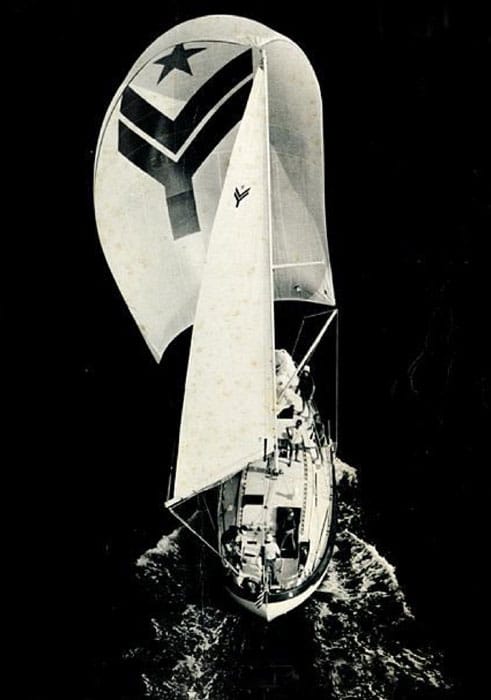








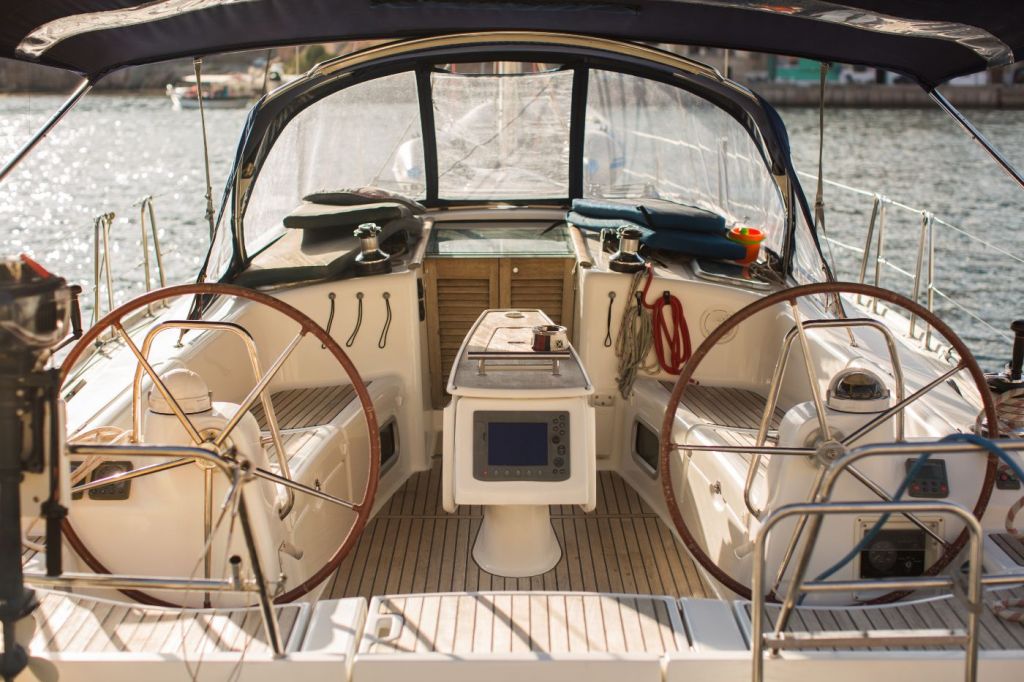
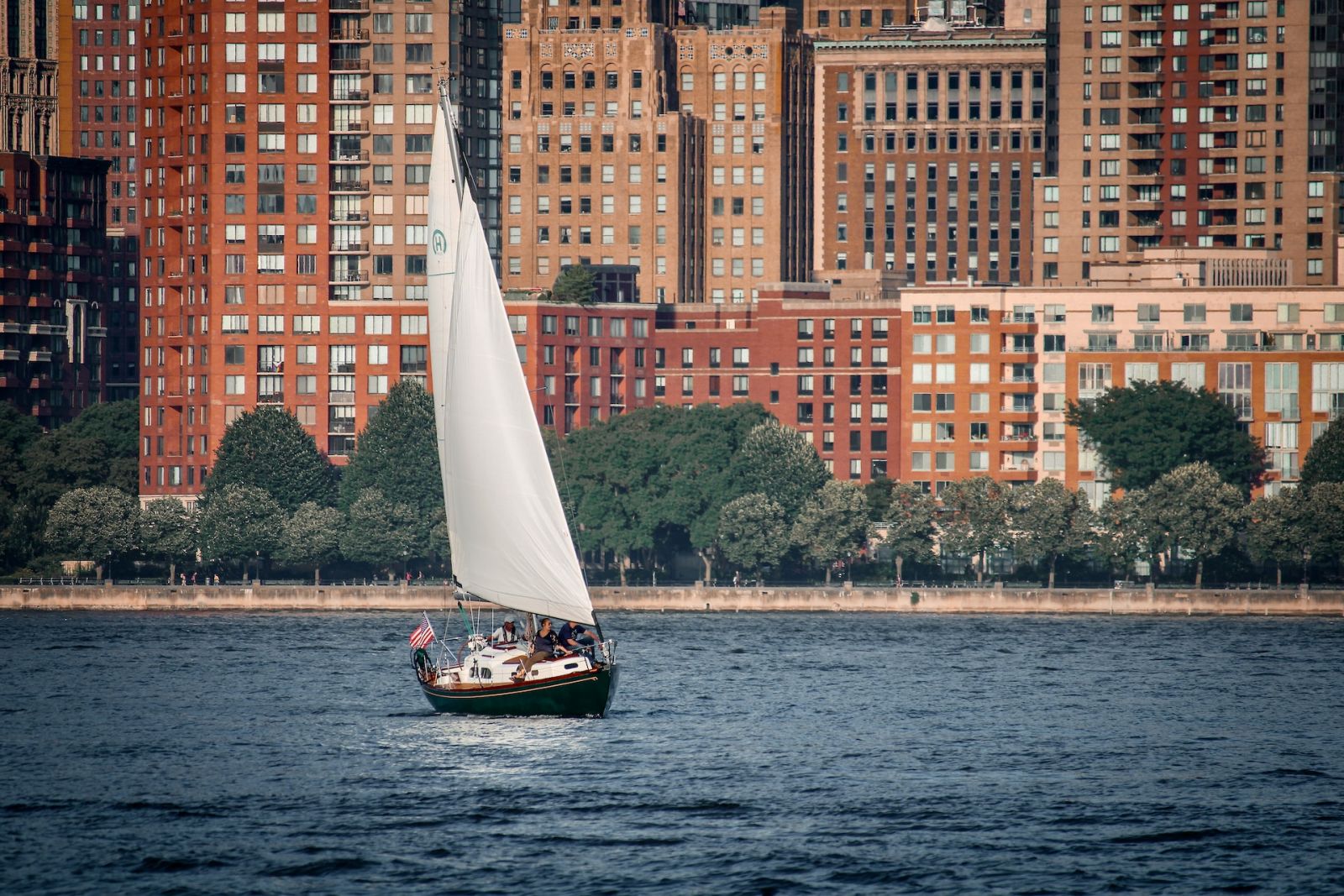
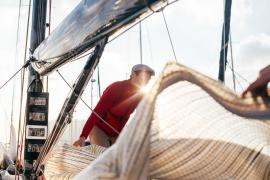
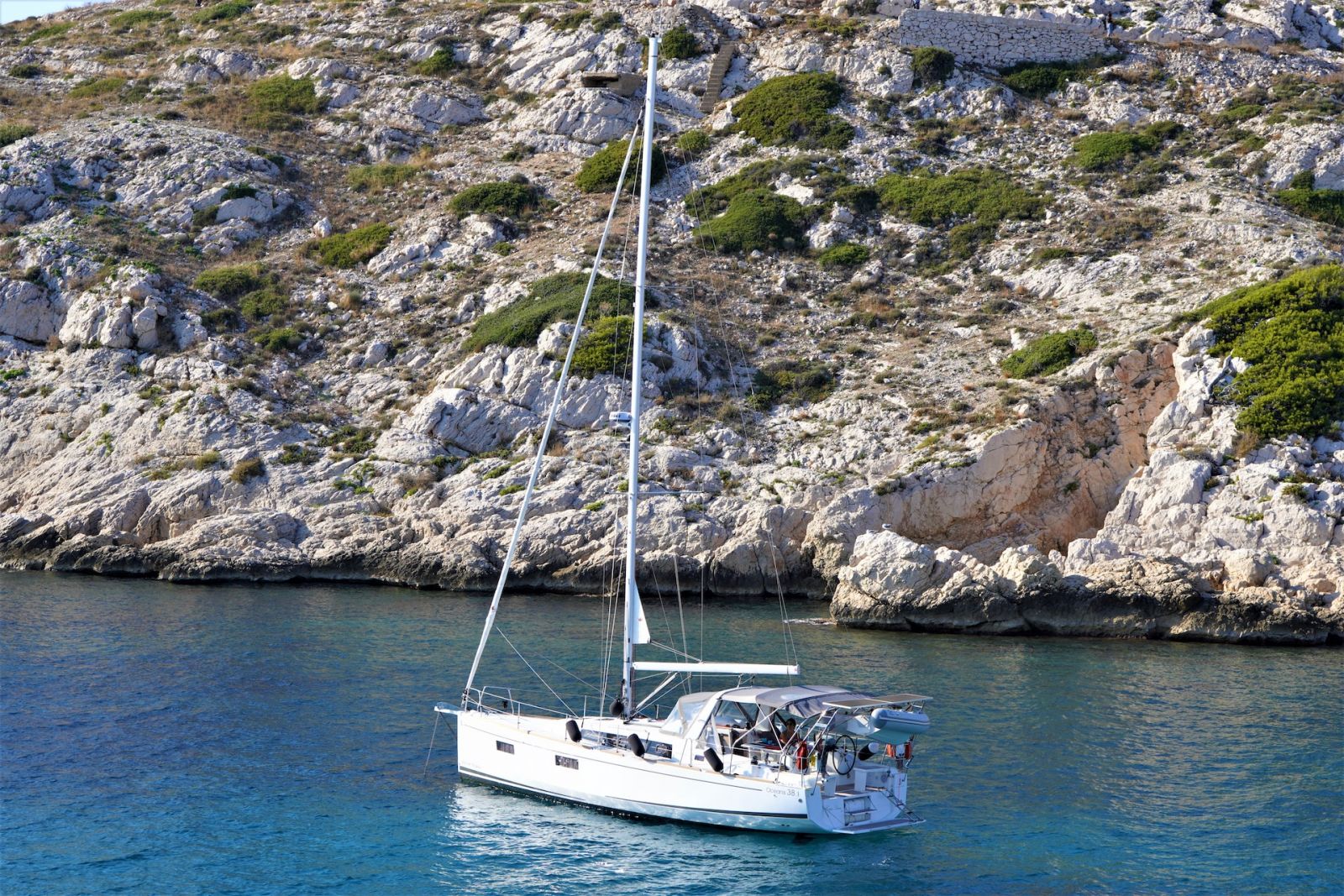

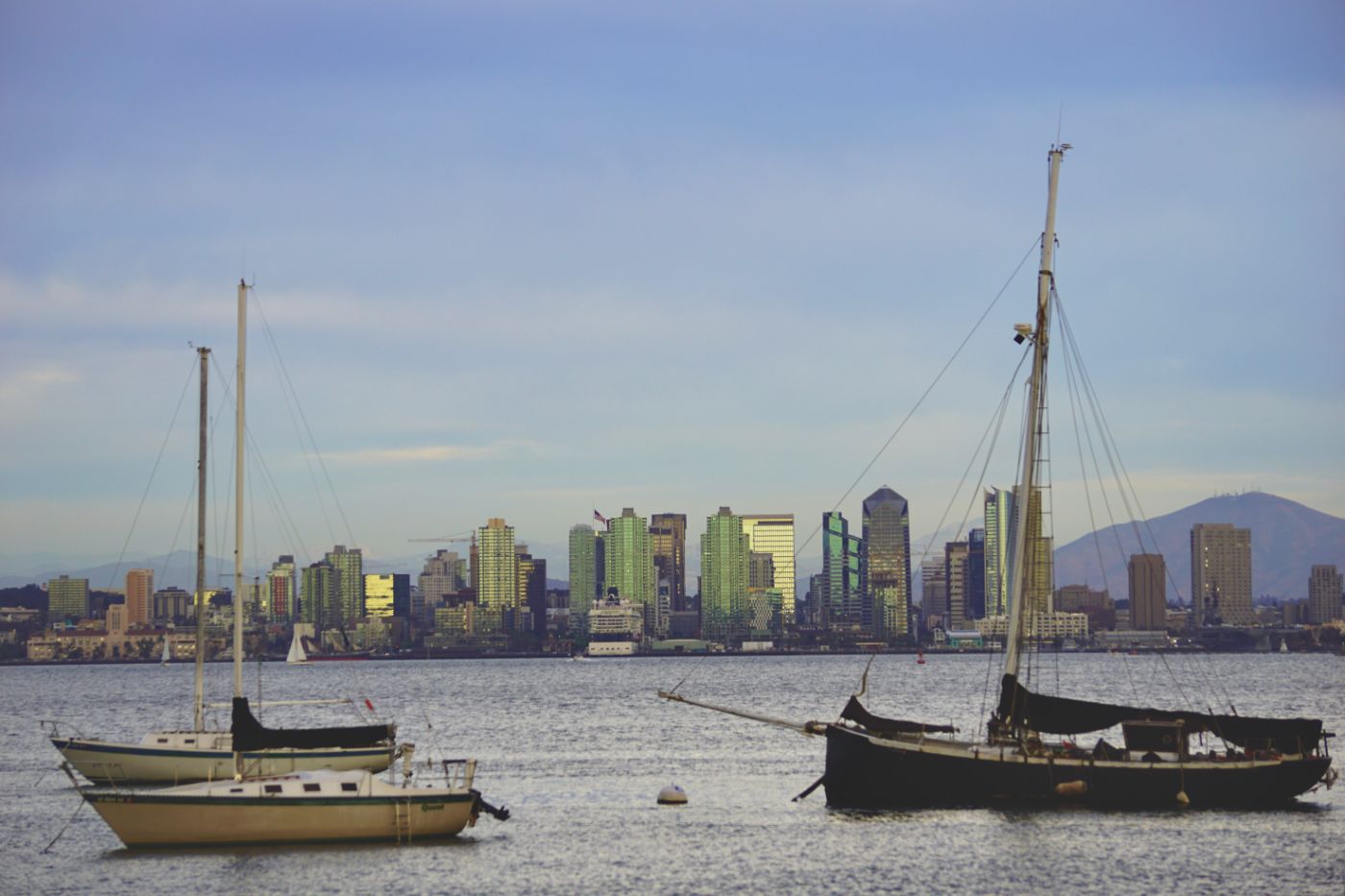
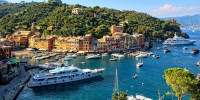






IMAGES
VIDEO
COMMENTS
40 to 50 indicates a heavy bluewater boat; over 50 indicates an extremely heavy bluewater boat. Comfort ratio = D ÷ (.65 x (.7 LWL + .3 LOA) x Beam^1.33), where displacement is expressed in pounds, and length is expressed in feet. Capsize Screening Formula (CSF): Designed to determine if a boat has blue water capability.
US$159,900. US $1,215/mo. Signature Yachts, Inc | Gig Harbor, Washington. Request Info. <. 1. >. Find Beneteau Oceanis 40 boats for sale in your area & across the world on YachtWorld. Offering the best selection of Beneteau boats to choose from.
Comfortable In All Attitudes. Following in the wake of her elder sister the Oceanis 46.1, this 40-foot cruiser, with a new hull design by Marc Lombard, offers unrivaled deck volume and interior space, with zero concessions to performance. The Oceanis 40.1 is available in different layouts, drafts and rig options, adapting to the most demanding ...
Farr 40 One-Design is a 40′ 8″ / 12.4 m monohull sailboat designed by Bruce Farr and built by dk Yachts, Carroll Marine, and Waterline Systems, LLC starting in 1997. ... The higher a boat's D/L ratio, the more easily it will carry a load and the more comfortable its motion will be. The lower a boat's ratio is, the less power it takes to ...
For almost 20 years, we've called this awards program SAIL Best Boats, but this year, we're refining and renaming this program to better and more fairly represent the boats we've selected. Restricting boats to categories and labels—such as Best Cruising Monohull 30-40 feet and Best Performance Monohull 40-50 feet—doesn't bring our readers the full picture.
Beneteau introduced the 40.1 as the latest in their Oceanis lineup, and it's a great couple's cruiser that follows in the design footsteps of the 46.1. It has everything two people or a small family need and it sails and looks like a boat that's ten feet longer. Even better - costs to insure, berth and maintain it will be significantly ...
Twin helms and a scoop transom might be the fashion of the moment, but the Blue Jacket 40's rig and sailplan are all business, with controls led to the safety of the cockpit and easy systems for shortening sail. One of the make-or-break factors in any solent/reacher sailplan is the drive that the small-jib/big-mainsail plan delivers.
SUBSCRIBE OUR CHANNEL https://www.youtube.com/c/theboatshow/?sub_confirmation=1 Boat Tour and Review of the Sail Boat Beneteau Oceanis 40.1.By Federico Masel...
Catalina 315. nwyachting. This is a nifty pocket cruiser that raises the quality bar for solo sailors with extreme comfort and performance. With just a 9.45 meter hull, the Catalina 315 has more internal room than most classics and remains superb for solo sailing.
Oceanis 40.1. From 241 600 € (VAT excluded)*. Special 140th anniversary offer available. Discover now. *Recommended retail price. Value-Added Tax is subject to change, according to the country of purchase. For pricing information, availability and product characteristics, thank you to contact your dealer. Book a sea trial See the e-brochure.
Marc Lombard Akilaria RC1. Launch: 2007. Lying: Annapolis, MD, USD 158,000. FOR SALE. This is the sub listing page for OC Performance Yacht Brokerage Services, specialists in Class 40 Open yacht sales and brokerage. We are an international sailboat broker with specialist experience in the design, operation and brokerage of pre-owned Class 40 ...
Well, a sailboat measuring between 35 and 45 feet (10.5 - 14 meters) with a draft of about 2 meters, plenty of sail area, easy reefing, and well-working assistive equipment can be ideal for one person to handle. The boat shouldn't be over 9 tons as things can get a little tricky and out of hand if the boat exceeds this weight.
Welcome to our floating home!In this video, we give you a tour of our 40 foot monohull sailboat, One Life. She is a 1983 Nautical Development Offshore 40 bui...
Preowned sailboats for sale over 40 feet preowned sailboats for sale by owner. Home. Register & Post. View All Sailboats. Search. ... 37' Heritage One ton 37 Near Frankfort MI, Michigan Asking $18,900. 14' Crawford Melonseed San Antonio, Texas Asking $8,000. 26' Macgregor 26S West Seattle, Washington
Your 40 Best Sailboats stock photo. Sailors are certainly passionate about their boats, ... One of the most successful semi-custom cruising boats ever, and one representative of the scores of yachts produced in the Far East, the Tayana 37 was designed by Bob Perry in 1975, in many ways in response to the tremendous success of the Westsail 32. ...
30 to 40 indicates a moderate bluewater cruising boat; 40 to 50 indicates a heavy bluewater boat; over 50 indicates an extremely heavy bluewater boat. Comfort ratio = D ÷ (.65 x (.7 LWL + .3 LOA) x Beam^1.33), where displacement is expressed in pounds, and length is expressed in feet. ... The weight required to sink the yacht one inch ...
40 to 50 indicates a heavy bluewater boat; over 50 indicates an extremely heavy bluewater boat. Comfort ratio = D ÷ (.65 x (.7 LWL + .3 LOA) x Beam^1.33), where displacement is expressed in pounds, and length is expressed in feet. Capsize Screening Formula (CSF): Designed to determine if a boat has blue water capability.
Island Packet 420. Fountaine Pajot Saona 47. Lagoon 450F. Bavaria Cruiser 46. One aspect that sets these sailboats apart is their focus on innovation and performance. Let's take a closer look at the 13 best cruising sailboats of 2023 and explore what makes them stand out from the rest.
ABUJA, Nigeria (AP) — At least 40 people have drowned in a boat accident on a river in northwest Nigeria, said President Bola Tinubu on Sunday. The accident happened in Zamfara state, as farmers were trying to get to their land, said Tinubu in a statement. The president promised support for the victims and directed emergency agencies to ...
Nigeria's President Bola Tinuba says at least 40 people have drowned in a boat accident on a river in northwest Nigeria. By DYEPKAZAH SHIBAYAN Associated Press. September 15, 2024, 11:59 AM.
At least 40 people have drowned in a boat accident on a river in northwest Nigeria, said President Bola Tinubu on Sunday (September 15, 2024). The accident happened in Zamfara state, as farmers ...
The rig dimensions above are from the 1963 sail plan drawing. Current class rules (2005) allow a max of: I - 46.7'. J - 15.3'. P - 40.1'. E - 17.55'. The accolades for this particular boat are many. Certainly one of the most influential designs and successful racing boats ever. With 160 built, it was also a commercial success for Jensen Marine.
Four men have been arrested after about one tonne of what was suspected to be cocaine was seized from a fishing boat off Cornwall, the National Crime Agency (NCA) has said. ...
40 to 50 indicates a heavy bluewater boat; over 50 indicates an extremely heavy bluewater boat. Comfort ratio = D ÷ (.65 x (.7 LWL + .3 LOA) x Beam^1.33), where displacement is expressed in pounds, and length is expressed in feet. ... The weight required to sink the yacht one inch. Calculated by multiplying the LWL area by 5.333 for sea water ...
From Alan: I wrote an article about Fast-40 in Yachting approx 1981, which attracted 50 letters from people who (like me) wanted a narrow, lightweight yacht. Cape Bay Yachts contacted the 50 and put together the order for 15 boats and ordered a batch from North End. During the run, 3 more customers joined.
The OFFSHORE/EMPIRE 40 was created in an effort to reduce costs of contruction and design royalties of the RHODES RELIANT. Although from the same basic tooling, the OFFSHORE 40 has iron instead of lead ballast, and differences in other construction details. Sold as a sloop or yawl. In the mid 1970's, Cheoy Lee Yard built another OFFSHORE 40 ...